Creating a greenhouse transforms your gardening experience by extending growing seasons and protecting plants from harsh weather conditions. These enclosed structures provide controlled environments where temperature, humidity, and light can be optimized for plant growth. Whether you're interested in year-round vegetable production, starting seedlings early, or cultivating exotic plants, greenhouses offer endless possibilities. From simple DIY hoop houses to elaborate Victorian-style conservatories, there's a greenhouse design to match every garden size, budget, and aesthetic preference. The following collection showcases diverse greenhouse concepts that blend functionality with distinctive design elements.
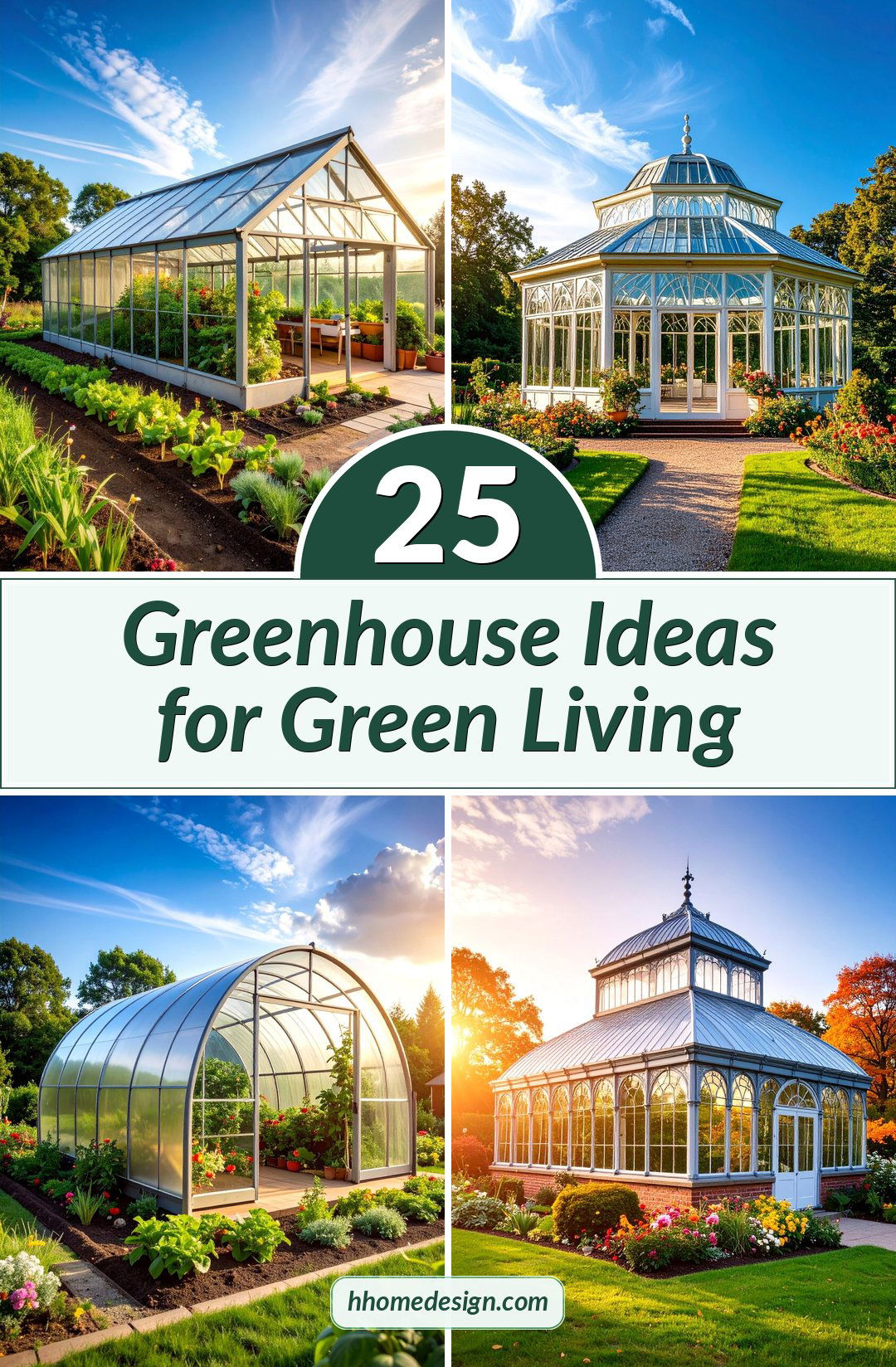
1. Victorian Greenhouse with Ornate Details

A Victorian greenhouse embodies classic elegance with its peaked glass roofs, decorative ridge cresting, and ornate ironwork details. This traditional design features tall windows, intricate glazing patterns, and often includes dwarf walls made from brick or stone. The steep-angled roof provides excellent light transmission while creating dramatic interior height for tall plants. Victorian greenhouses typically incorporate ventilation systems through roof vents and side louvers. The timeless aesthetic makes these structures stunning garden focal points that complement period homes beautifully. Interior staging includes wrought iron benches and traditional terracotta pots. These greenhouses work exceptionally well for growing orchids, ferns, and exotic flowering plants that thrive in humid, controlled environments.
2. Modern Lean-to Greenhouse with Single Slope Design

Modern lean-to greenhouses feature sleek single-slope roofs that attach directly to existing walls, maximizing space efficiency in smaller gardens. The contemporary design uses clean aluminum framing with large glass panels that create unobstructed views and optimal light penetration. This space-saving configuration benefits from the thermal mass of the adjoining wall, which helps regulate internal temperatures naturally. The streamlined profile includes integrated guttering systems and discrete ventilation openings. Installation is simplified since utilities can be easily connected from the main building. These greenhouses work perfectly for urban gardening, featuring modern staging systems and automated watering. The minimalist aesthetic complements contemporary home designs while providing excellent growing conditions for vegetables, herbs, and starter plants throughout extended seasons.
3. Geodesic Dome Greenhouse with Triangular Panels

Geodesic dome greenhouses utilize geometric principles to create incredibly strong spherical structures composed of interconnected triangular panels. This innovative design distributes structural loads evenly, allowing the dome to withstand extreme weather conditions including heavy snow and high winds. The curved surface maximizes interior volume while minimizing material usage, creating efficient growing spaces. Superior air circulation results from the dome's shape, preventing stagnant air pockets and reducing disease problems. Light distribution is exceptionally even throughout the interior space. The unique aesthetic creates stunning garden features that serve as conversation pieces. These domes accommodate vertical growing systems, aquaponics setups, and specialized plant collections. The modular construction allows for easy expansion or modification as growing needs change over time.
4. Aquaponic Greenhouse with Integrated Fish Systems
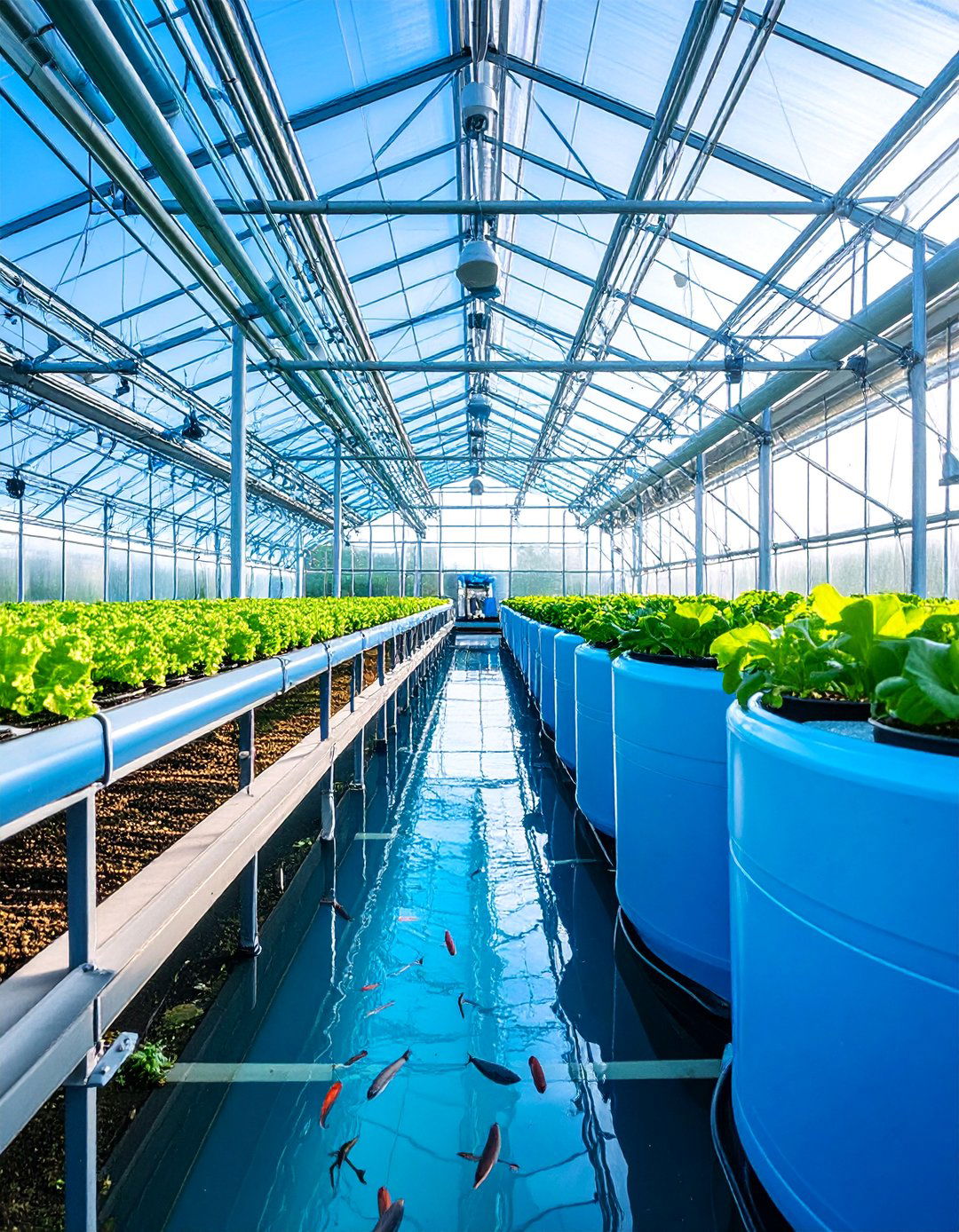
Aquaponic greenhouses combine plant cultivation with fish farming in sustainable closed-loop ecosystems. Fish waste provides natural fertilization for hydroponic growing beds, while plants filter and clean the water for the fish. This innovative system dramatically reduces water usage compared to traditional gardening methods. The greenhouse design incorporates specialized tanks, grow beds, and circulation systems that maintain optimal conditions for both fish and plants. Temperature control is crucial for supporting both aquatic life and plant growth year-round. These systems produce both fresh vegetables and protein sources efficiently. Popular fish species include tilapia, trout, and ornamental koi. The symbiotic relationship creates productive, environmentally friendly growing environments that can generate significant yields in compact spaces while teaching valuable lessons about sustainable agriculture.
5. Hoop House Greenhouse with PVC Frame Construction
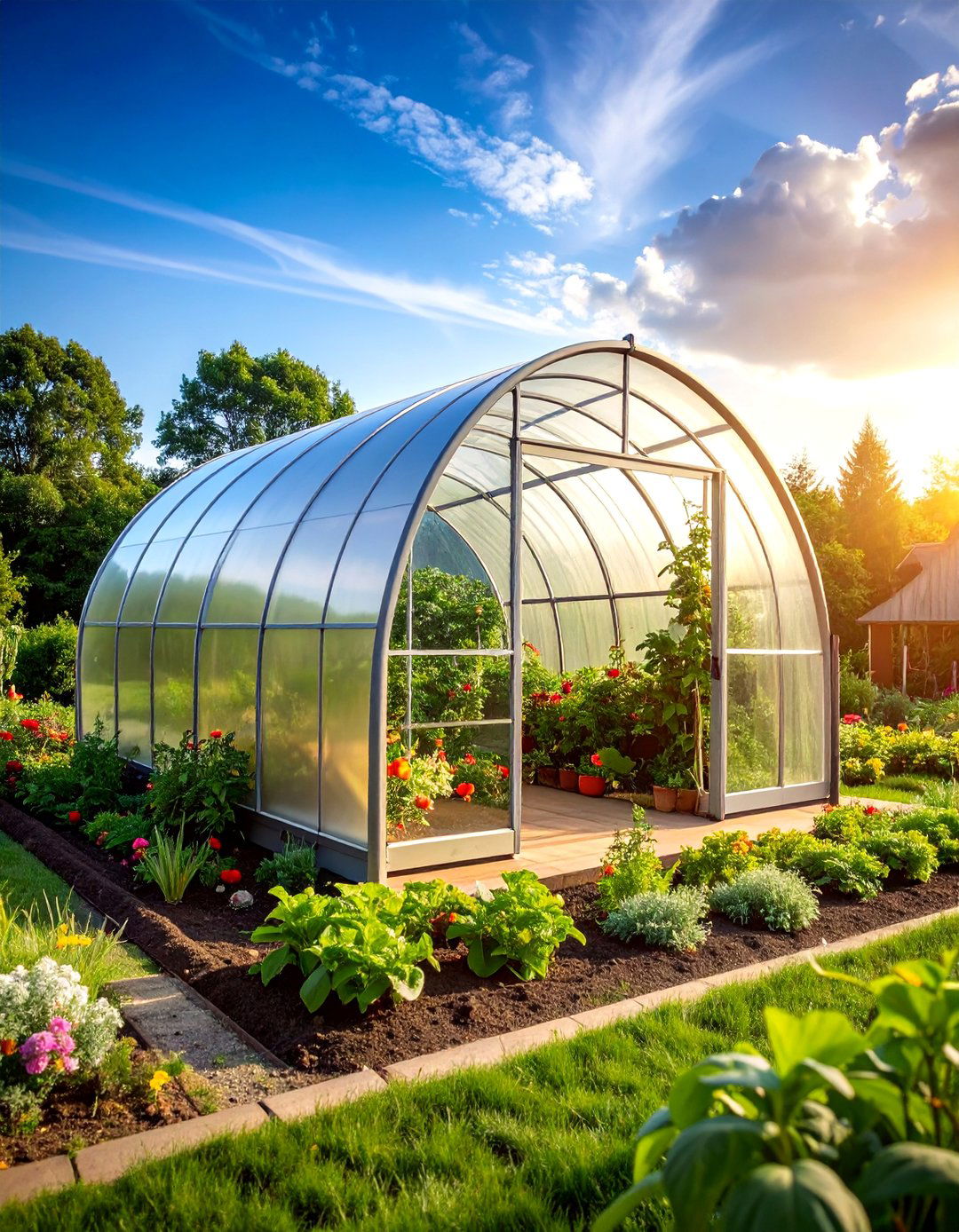
Hoop house greenhouses offer affordable, DIY-friendly growing solutions using curved PVC or metal frames covered with greenhouse plastic. These semicircular structures are incredibly cost-effective and can be constructed in various sizes to fit different garden spaces. The design provides excellent growing environments for cool-season crops and season extension activities. Assembly is straightforward, requiring basic tools and minimal construction experience. The flexible plastic covering can be easily replaced when worn. Ventilation is achieved through roll-up sides or removable end panels. These structures work perfectly for protecting plants from frost, wind, and pests while maintaining good air circulation. Mobile versions can be moved seasonally to different garden areas. Hoop houses excel at growing lettuce, spinach, kale, and other cold-hardy vegetables during winter months.
6. Cold Frame Greenhouse with Slanted Glass Top
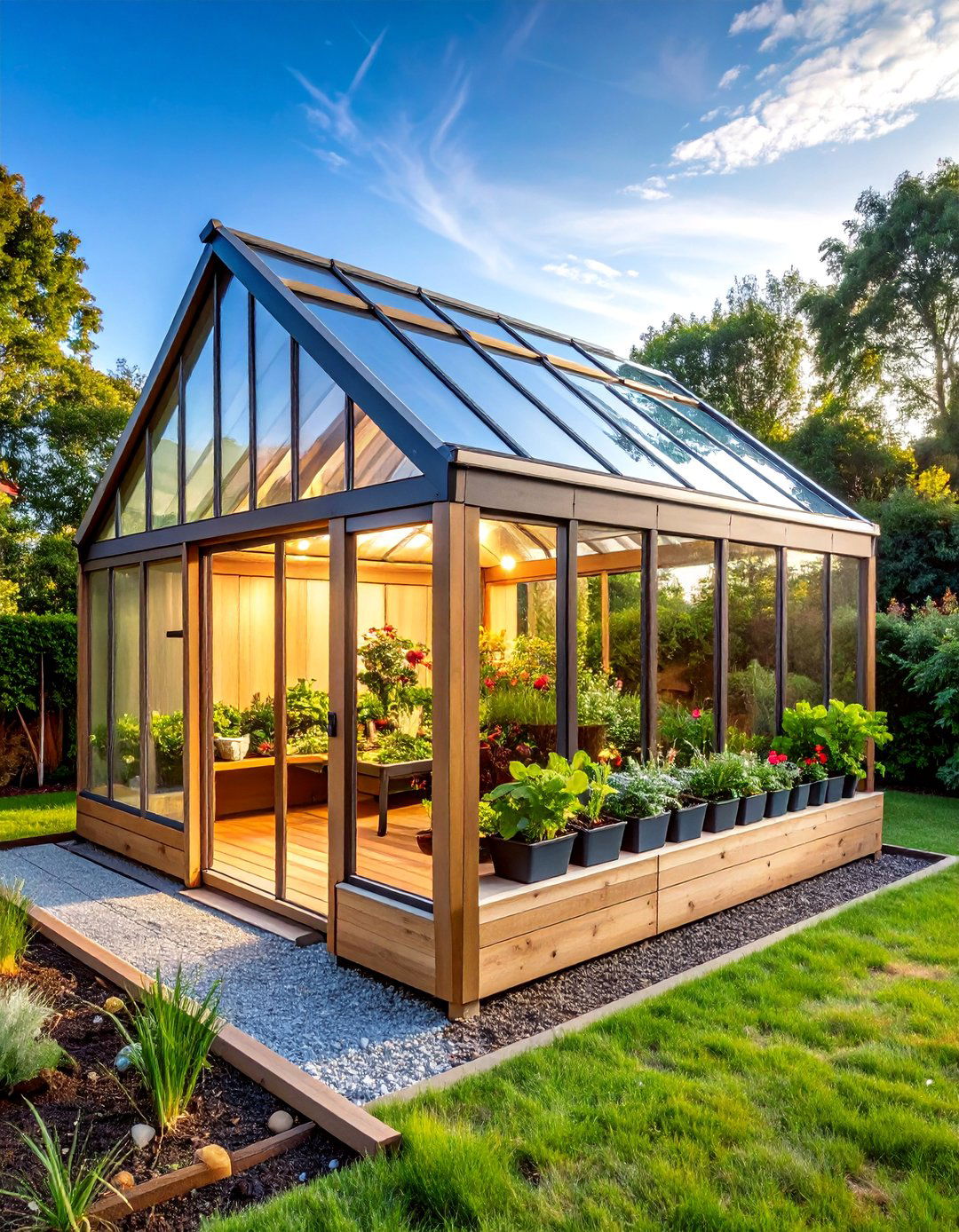
Cold frame greenhouses are low-profile structures featuring slanted glass or plastic tops that capture and concentrate solar energy for plant protection. These compact units work like miniature greenhouses, creating warm microclimates for starting seeds and growing cool-weather crops. The angled design maximizes sun exposure while shedding rain and snow effectively. Most cold frames are constructed with insulated sides and hinged tops for easy access and ventilation control. They're perfect for hardening off seedlings before transplanting to gardens. The thermal mass from surrounding soil helps moderate temperature fluctuations. These structures extend growing seasons significantly without requiring electricity or complex systems. Cold frames work exceptionally well for growing lettuce, radishes, and herbs during winter months when positioned in sunny, protected locations.
7. Portable Greenhouse with Wheeled Base System
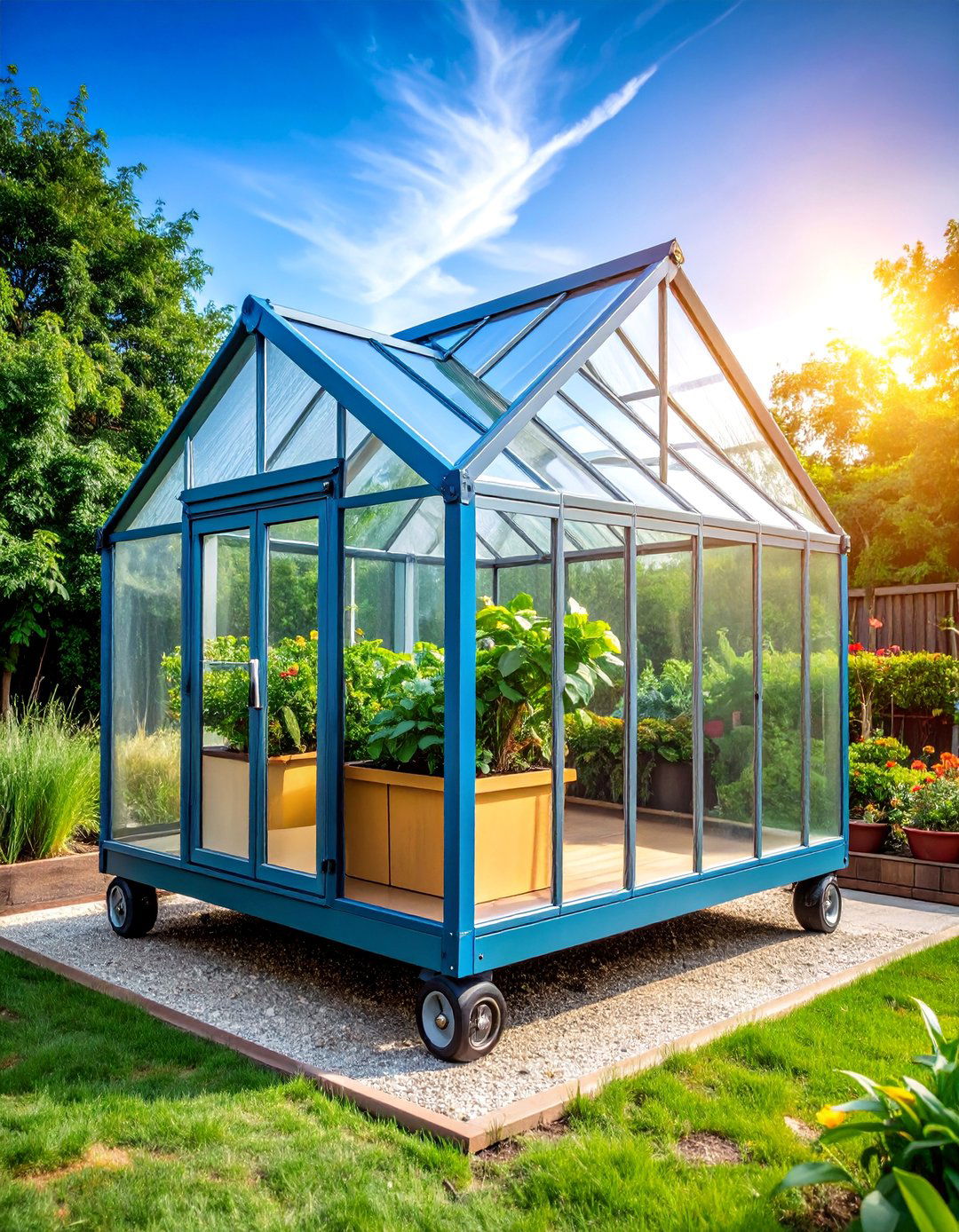
Portable greenhouses feature lightweight construction with integrated wheels or casters, allowing easy relocation to optimize sun exposure throughout seasons. These mobile structures typically use aluminum or PVC frames with removable plastic or polycarbonate panels. The convenience of mobility means gardeners can move greenhouses to protect different crop areas or store them during off-seasons. Setup is designed to be quick and tool-free, with snap-together components and simple assembly processes. Ventilation systems include removable panels and built-in vents. These greenhouses work perfectly for renters or those with changing garden layouts. The compact design fits through standard doorways and gates. Wheeled bases protect underlying surfaces while providing stability. Popular sizes range from small units for herbs to larger models for vegetable production and season extension activities.
8. Mini Greenhouse with Recycled Window Construction
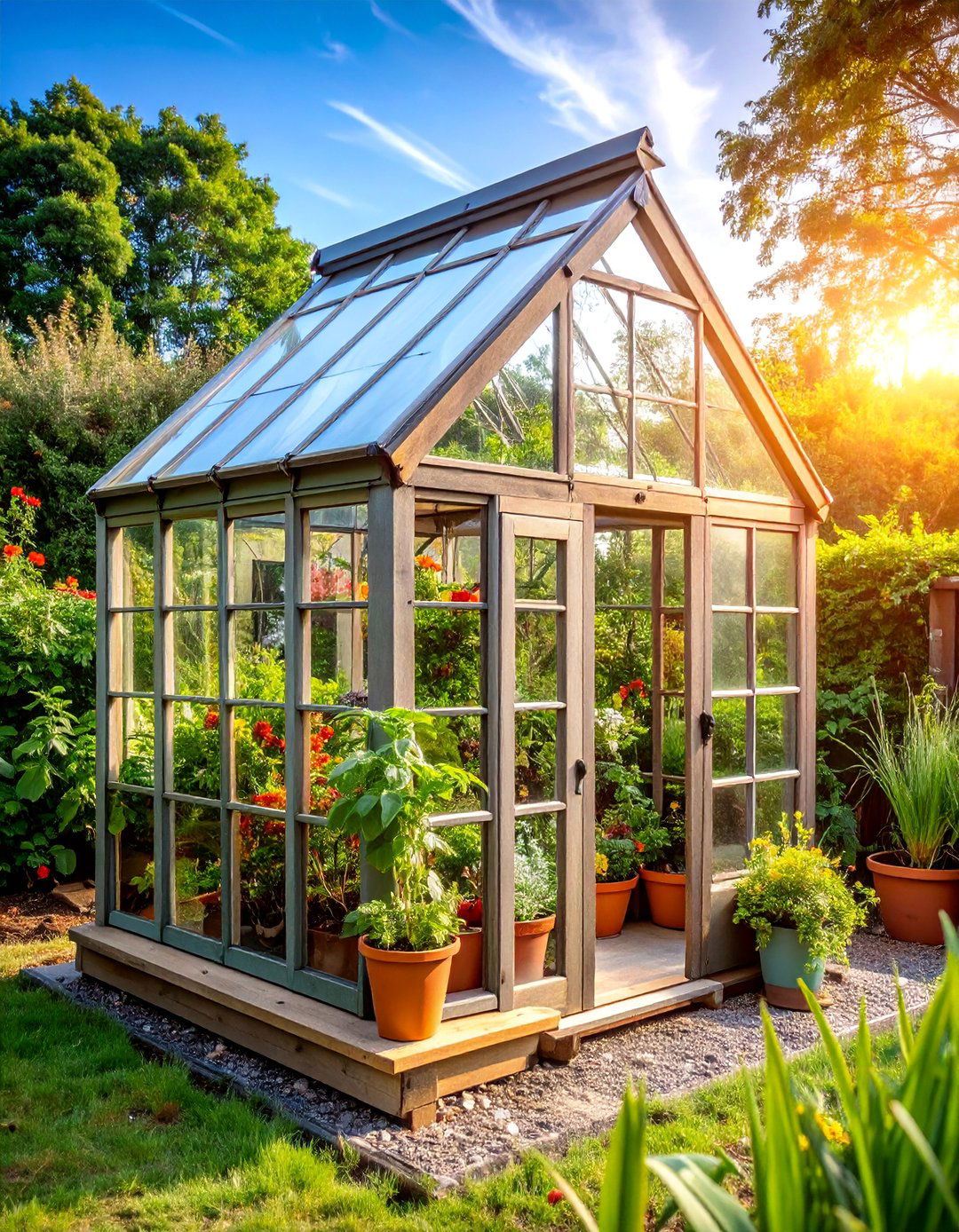
Mini greenhouses constructed from salvaged windows create charming, eco-friendly growing spaces perfect for small gardens and urban settings. These compact structures repurpose old window frames into functional growing environments for starting seeds and protecting tender plants. The vintage aesthetic adds character to gardens while providing practical growing space. Construction involves joining window frames to create box-like structures with hinged tops for easy access. The varied glass panes create interesting light patterns while maintaining good visibility. These greenhouses work excellently on patios, balconies, and small garden spaces. Interior organization includes small shelving systems and compact growing trays. The thermal mass of glass helps regulate temperatures naturally. Mini greenhouses excel at propagating herbs, starting vegetable seedlings, and growing small flowering plants that need protection from harsh weather conditions.
9. Gothic Arch Greenhouse with Curved Glass Panels

Gothic arch greenhouses feature elegant curved rooflines that create maximum interior height while providing excellent structural strength and water shedding capabilities. The distinctive arched design eliminates flat surfaces where snow can accumulate, making these structures ideal for regions with heavy winter weather. Curved glass panels follow the arch naturally, creating smooth lines and optimal light transmission. The increased headroom accommodates tall plants like tomatoes and climbing vines. Interior space feels more open and spacious compared to traditional peaked designs. Ventilation systems integrate seamlessly into the curved structure. These greenhouses combine classical architectural elements with practical growing functionality. The aesthetic appeal makes them attractive garden features that complement various landscape styles. Gothic arch designs work exceptionally well for mixed vegetable gardens, cut flower production, and displays of tall ornamental plants.
10. Polycarbonate Greenhouse with Twin-Wall Insulation
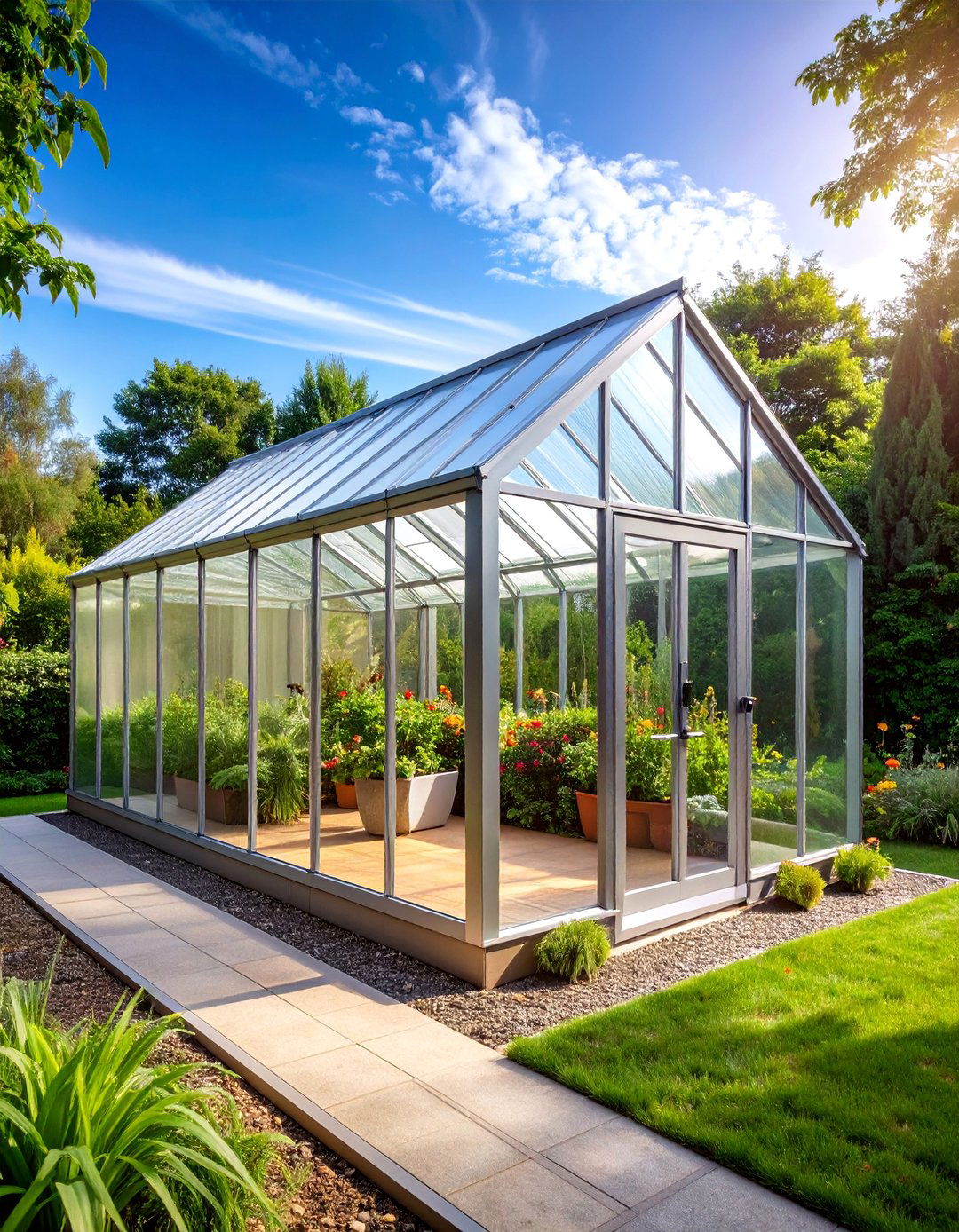
Polycarbonate greenhouses utilize durable twin-wall panels that provide superior insulation compared to single-layer glass while maintaining excellent light transmission. The double-wall construction creates air pockets that reduce heat loss and minimize condensation problems. These panels are virtually unbreakable, making them ideal for areas prone to hail or impact damage. The lightweight material allows for stronger frame designs and easier installation. UV protection is built into quality polycarbonate panels, ensuring long-term durability. Light diffusion through the material creates even illumination without hot spots. These greenhouses maintain more stable internal temperatures, reducing heating costs significantly. The modern appearance complements contemporary garden designs. Polycarbonate greenhouses work excellently for year-round growing, orchid collections, and tropical plant cultivation where consistent temperatures are crucial for plant health and productivity.
11. Underground Greenhouse with Earth-Sheltered Design
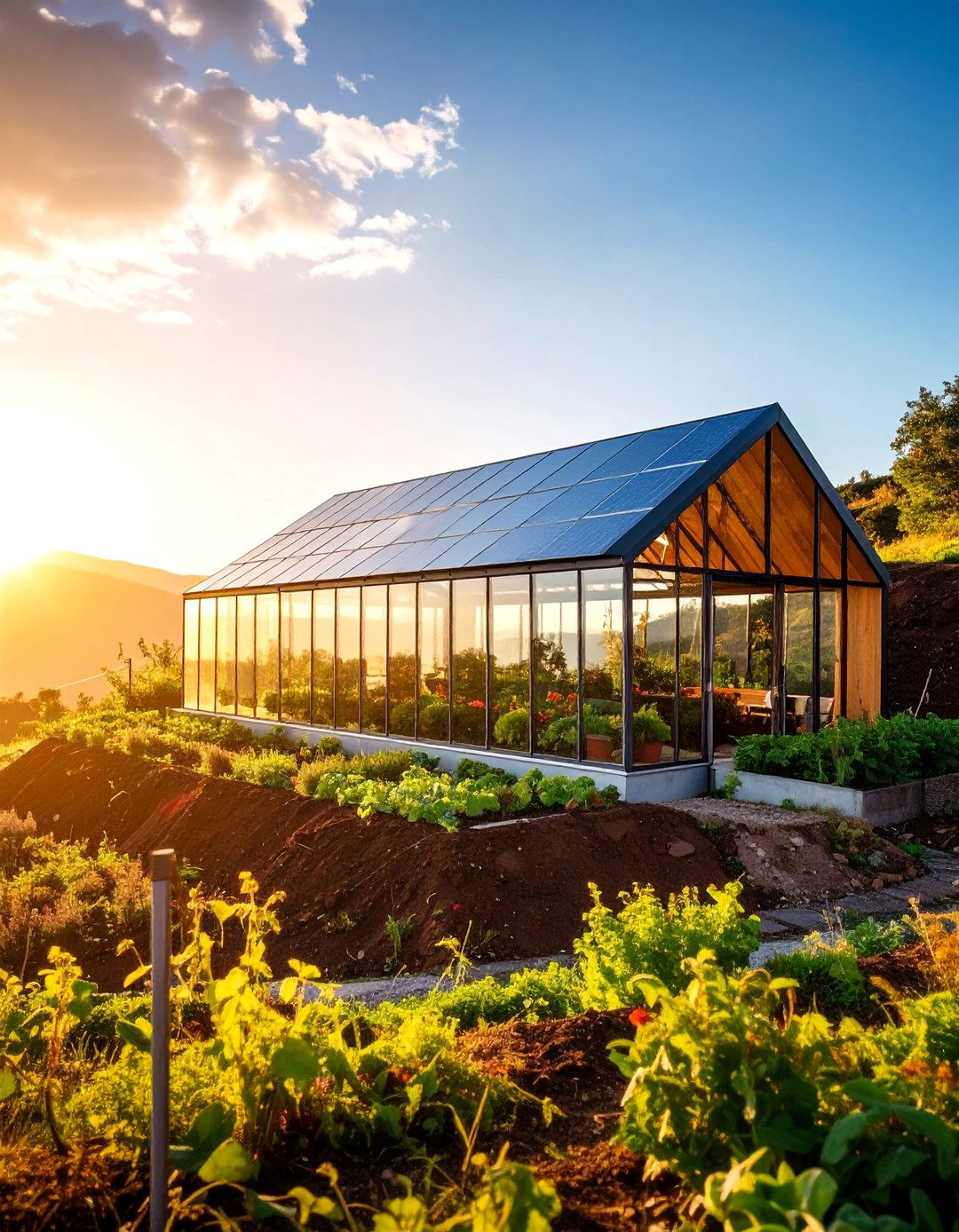
Underground greenhouses utilize earth's natural insulation to maintain stable temperatures year-round while reducing energy consumption dramatically. These partially buried structures benefit from geothermal heating and cooling, staying warmer in winter and cooler in summer. The design typically features south-facing glass walls with insulated earth berms on three sides. Drainage systems prevent water infiltration while thermal mass from surrounding soil moderates temperature swings. These greenhouses can grow tropical plants in cold climates without additional heating. The low profile integrates naturally into landscape designs without visual obstruction. Interior growing beds are often built at comfortable working heights. Earth-sheltered greenhouses excel at extending growing seasons and creating specialized microclimates. Construction requires careful planning for drainage, ventilation, and structural integrity. The energy efficiency makes them excellent long-term investments for serious gardeners.
12. Floating Greenhouse with Water-Based Growing

Floating greenhouses represent innovative aquatic farming solutions that utilize water surfaces for sustainable food production. These structures float on ponds, lakes, or specially constructed water systems while housing hydroponic or aquaponic growing operations. The water provides natural temperature moderation, keeping interiors cooler in summer and warmer in winter. Solar panels often power circulation pumps and climate control systems. The design includes flotation systems, anchoring mechanisms, and waterproof construction throughout. Access is typically via walkways or small boats. These greenhouses demonstrate cutting-edge sustainable agriculture techniques while efficiently using available water resources. Fish farming can be integrated beneath the growing platforms. Floating structures work excellently for leafy greens, herbs, and compact vegetables. The innovative concept attracts attention while producing food in areas where traditional land-based farming isn't possible or practical.
13. Container Greenhouse with Shipping Container Frame
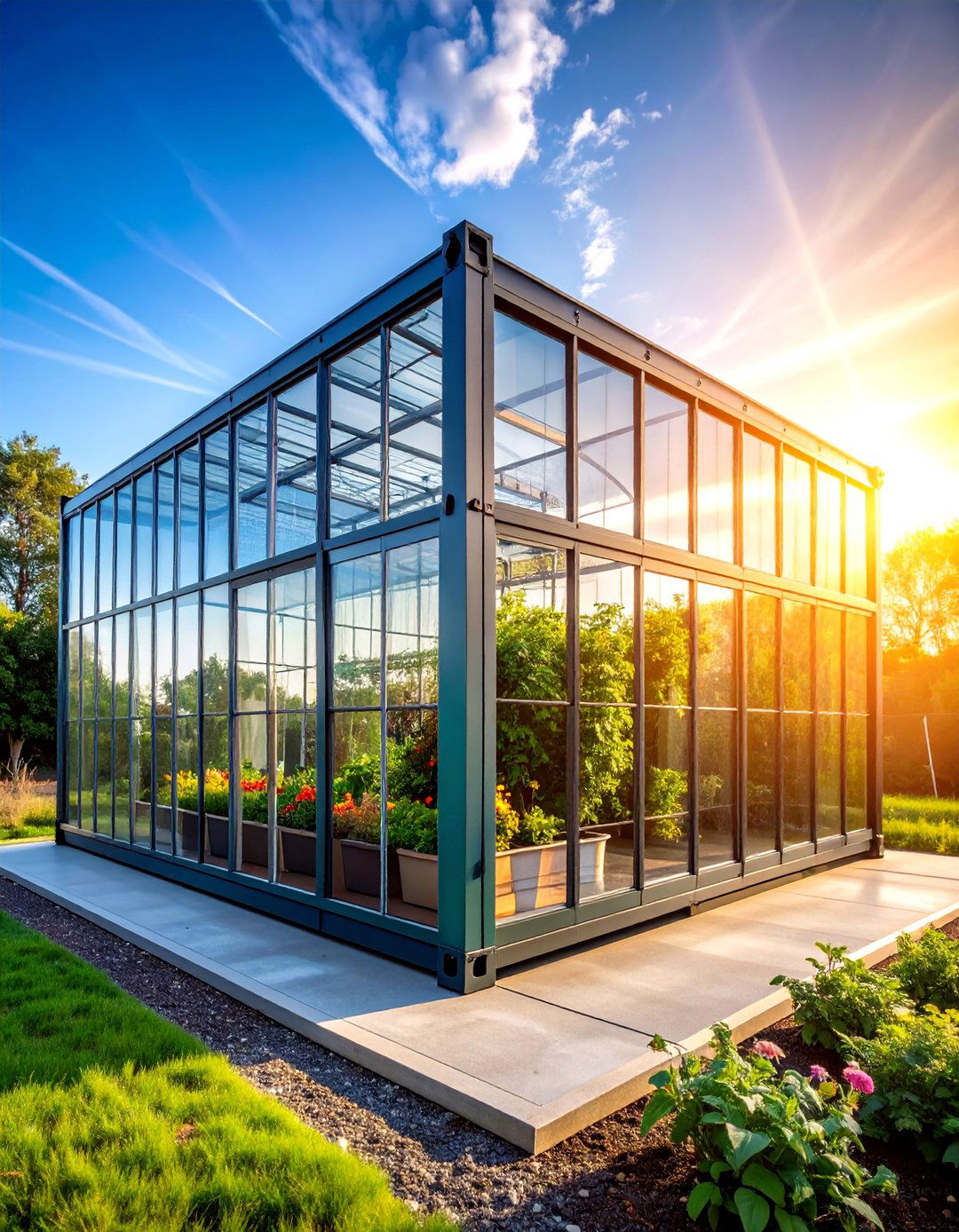
Container greenhouses transform standard shipping containers into efficient growing environments, providing sturdy, weather-resistant structures with built-in electrical and plumbing capabilities. The steel construction offers excellent security and durability while creating controlled growing conditions. Windows and ventilation systems are installed in container walls, with removable roof sections for light penetration. Climate control systems can be easily integrated using existing container infrastructure. These greenhouses are completely portable via standard transportation methods. Interior growing systems include hydroponic setups, vertical growing towers, and traditional bench arrangements. The industrial aesthetic appeals to urban farming applications. Container greenhouses work perfectly for commercial growing operations, educational facilities, and urban agriculture projects. The standardized dimensions make planning and construction straightforward. Security features include lockable doors and robust construction that deters theft while protecting valuable crops.
14. A-Frame Greenhouse with Steep Triangular Design
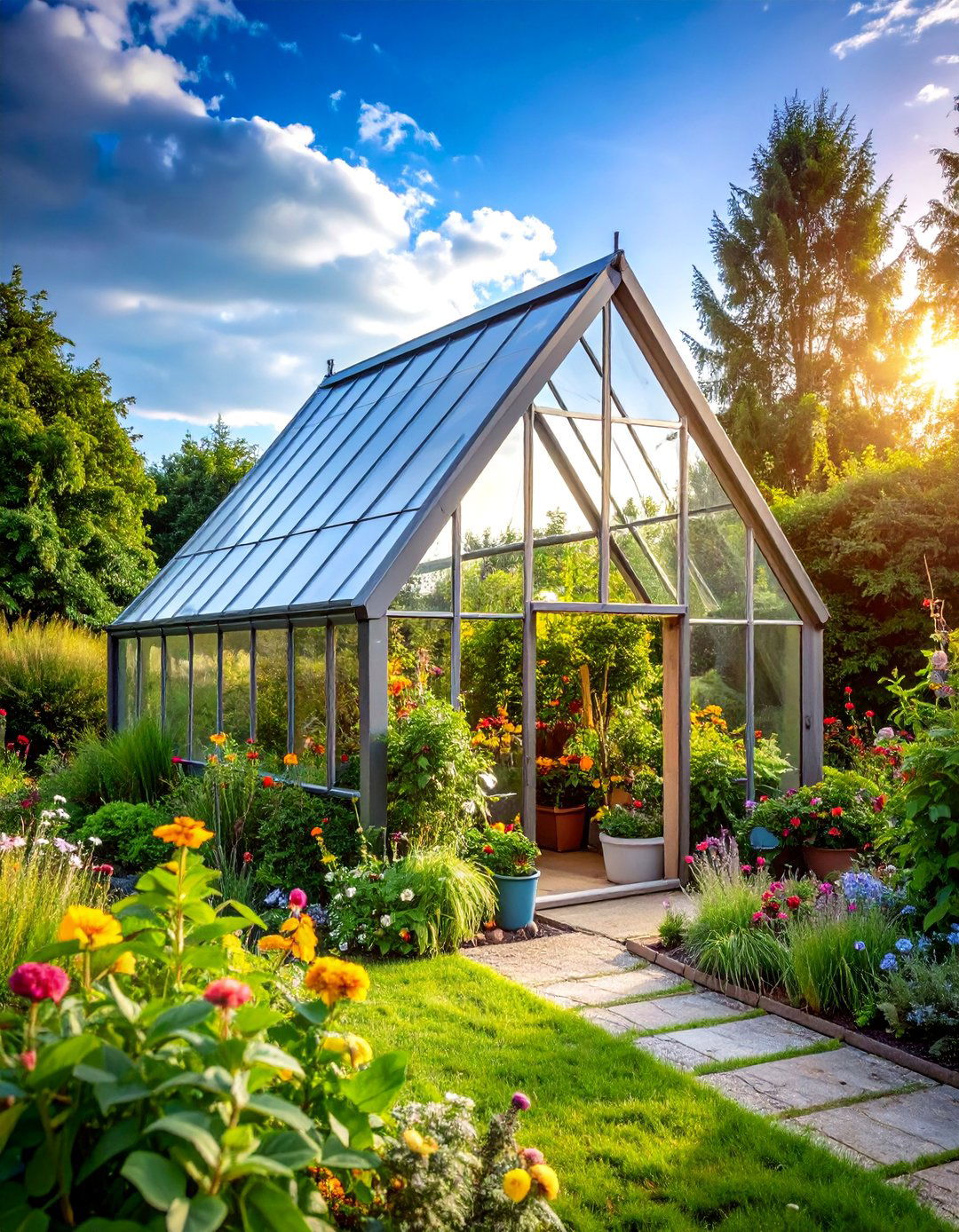
A-frame greenhouses feature distinctive triangular profiles with steep-angled glass panels that efficiently shed rain and snow while maximizing vertical growing space. The simple geometric design uses minimal materials while creating strong, stable structures. Interior height accommodates tall plants along the center ridge with shorter plants near the sides. The steep angles provide excellent light penetration during winter months when sun angles are low. Construction is straightforward using basic carpentry skills and standard lumber. Ventilation is achieved through ridge vents and low side openings. The narrow footprint fits into restricted spaces while still providing substantial growing area. A-frame designs work excellently for vine crops, tall vegetables, and vertical growing systems. The architectural appeal creates interesting garden focal points. These greenhouses combine efficient space utilization with attractive design elements that complement various landscape styles.
15. Greenhouse Conservatory with Living Room Integration
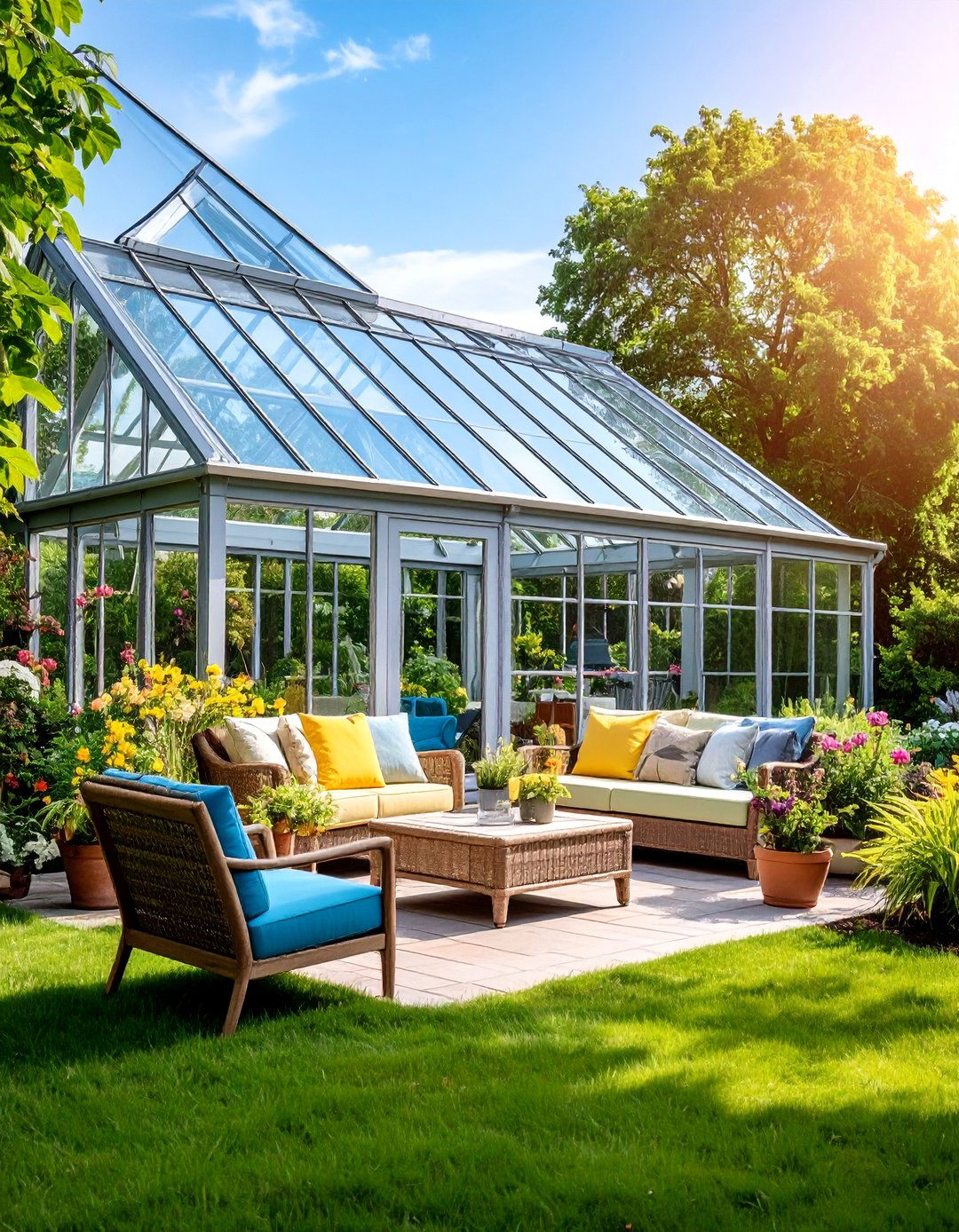
Greenhouse conservatories blend growing spaces with comfortable living areas, creating year-round garden rooms for both plants and people. These larger structures feature seating areas, walkways, and entertainment spaces alongside growing beds and plant displays. Climate control systems maintain comfortable temperatures for human occupancy while supporting plant growth. Flooring includes attractive materials like stone, tile, or brick that handle moisture well. The design incorporates large glass panels for maximum light and views. Ventilation systems include both automatic and manual controls. These conservatories work perfectly for orchid collections, tropical plants, and seasonal displays. Interior furnishing includes weather-resistant furniture and decorative elements. The multi-purpose design creates valuable living space while housing extensive plant collections. Year-round usability makes conservatories excellent investments that enhance property values significantly.
16. Pit Greenhouse with Sunken Growing Area

Pit greenhouses utilize excavated areas below ground level to take advantage of earth's natural insulation and create protected growing environments. The sunken design reduces wind exposure while moderating temperature extremes throughout the year. South-facing glass panels capture maximum solar energy while earth berms provide insulation on remaining sides. Drainage systems prevent water accumulation in the excavated area. These greenhouses can maintain growing conditions with minimal external heating. The low profile integrates subtly into landscape designs. Interior growing beds are positioned at convenient working heights despite the sunken floor. Pit greenhouses excel at season extension and protecting tender plants during harsh weather. Construction requires careful excavation and waterproofing. The energy-efficient design makes them excellent choices for cold climate gardening. Ventilation includes both passive and active systems to maintain proper air circulation in the below-grade environment.
17. Greenhouse Shed Combination with Storage Integration
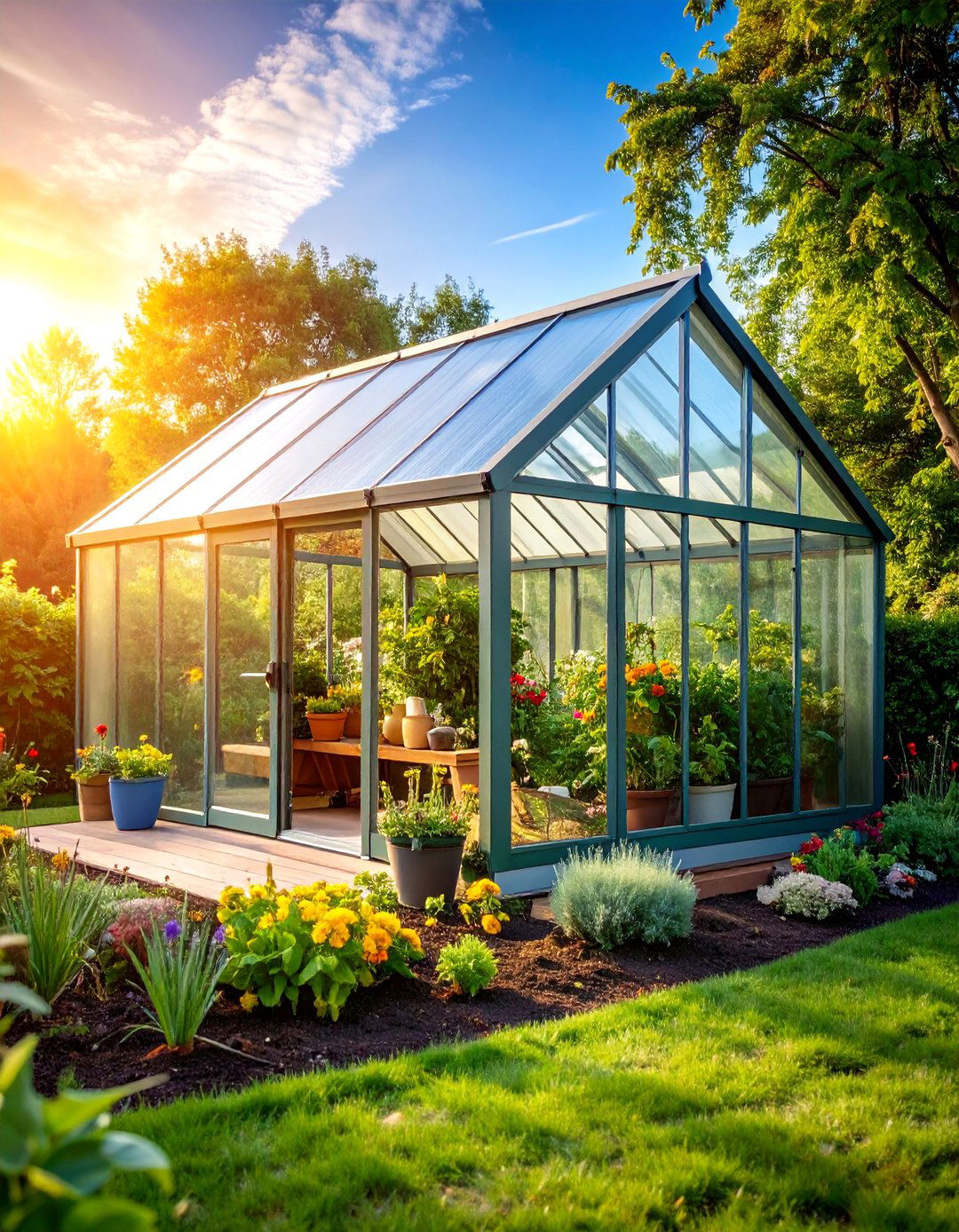
Greenhouse shed combinations efficiently merge growing spaces with storage areas, maximizing functionality in compact structures. These dual-purpose buildings feature greenhouse sections with transparent panels alongside enclosed storage areas for tools, supplies, and equipment. The design allows easy access between growing and storage spaces. Shared utilities reduce installation costs while the combined structure offers better space utilization. Climate zones can be separated to maintain optimal conditions for both plants and stored materials. The aesthetic combines practical storage with attractive growing displays. These structures work perfectly for urban gardens and small properties where space is limited. Interior organization includes growing benches, shelving systems, and tool storage. The hybrid design creates efficient workflows for gardening activities. Year-round functionality makes these combination structures excellent investments that serve multiple purposes while maintaining organized, attractive garden spaces.
18. Greenhouse Tunnel with Extended Length Design

Greenhouse tunnels feature long, narrow designs that maximize growing space within limited width constraints while providing efficient crop management systems. These structures typically use semicircular or pointed arch profiles covered with plastic or polycarbonate panels. The extended length allows for organized crop rows and mechanized growing systems. Ventilation includes roll-up sides and exhaust fans positioned throughout the length. The design enables efficient irrigation and climate control distribution. These tunnels work excellently for commercial growing operations and large-scale home gardens. Interior organization includes growing beds, walkways, and suspended growing systems. The uniform environment throughout the length supports consistent crop development. Construction uses standardized components that can be easily extended or modified. Greenhouse tunnels excel at producing uniform crops like lettuce, herbs, and cut flowers in organized, productive systems.
19. Solar Greenhouse with Passive Energy Design

Solar greenhouses utilize passive solar design principles to maximize energy efficiency while maintaining optimal growing conditions throughout the year. These structures feature south-facing glazing with insulated north walls and thermal mass elements that store and release heat naturally. The design minimizes energy consumption while extending growing seasons significantly. Interior thermal mass includes water barrels, stone floors, and concrete blocks that absorb heat during sunny days and release it during cool nights. Insulation systems include movable panels and automatic vent controls. These greenhouses can maintain growing temperatures without external heating in many climates. The sustainable design reduces operational costs while supporting year-round production. Solar greenhouses work excellently for organic growing operations and environmentally conscious gardeners. The efficient energy use makes them practical for remote locations without grid electricity access.
20. Greenhouse Gazebo with Octagonal Design
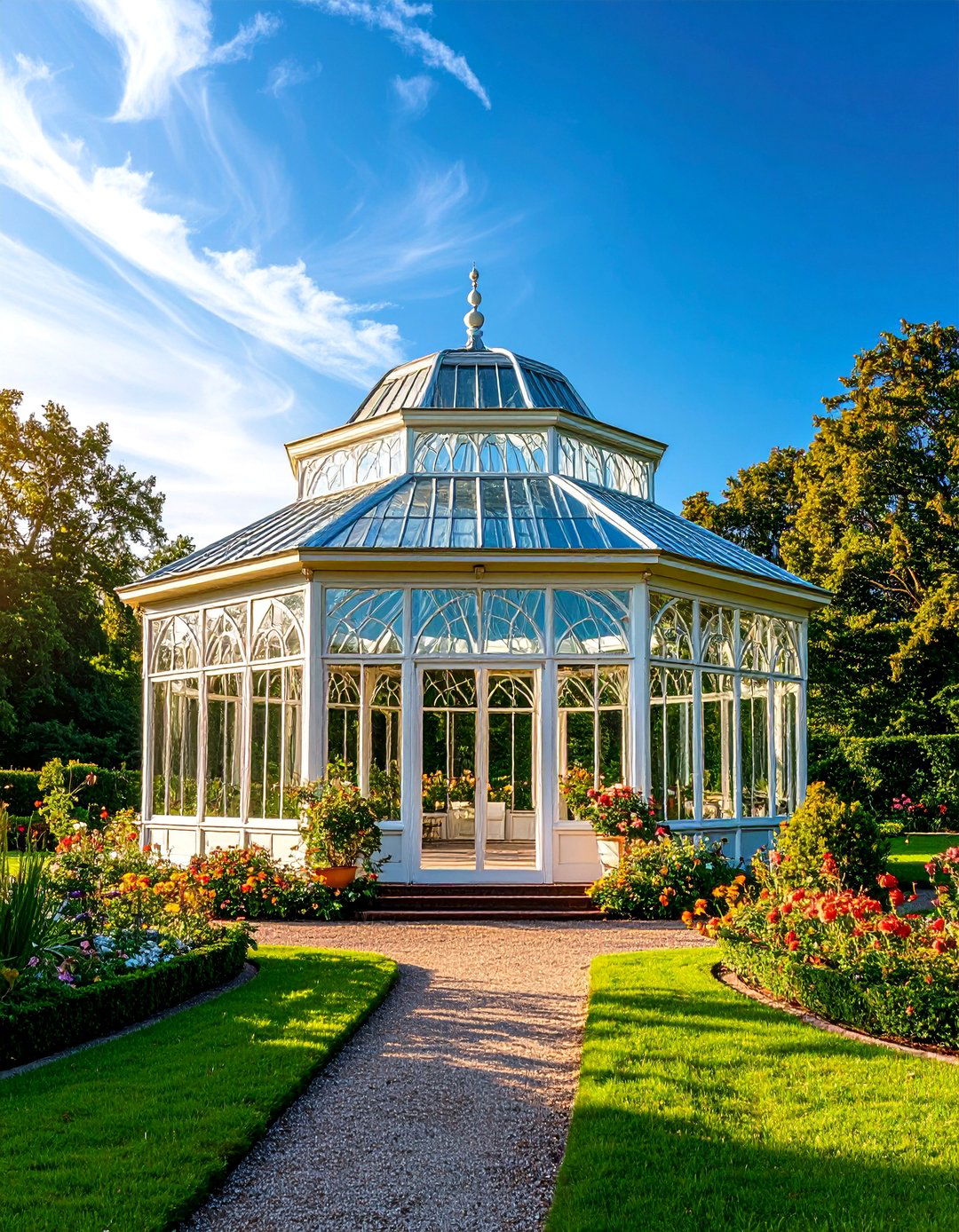
Greenhouse gazebos combine attractive octagonal architecture with functional growing environments, creating stunning garden focal points that serve dual purposes. The eight-sided design provides excellent structural strength while offering panoramic views from the interior. Glass panels wrap around the perimeter, maximizing light penetration from all directions. The peaked roof sheds water efficiently while creating substantial interior height. These structures work perfectly as entertaining spaces that showcase plant collections. Interior seating areas complement growing displays and decorative plantings. The architectural appeal enhances landscape designs while providing practical growing space. Ventilation systems include operable windows and roof vents positioned around the perimeter. Greenhouse gazebos excel at displaying orchids, tropical plants, and seasonal flowering displays. The elegant design creates year-round garden rooms that combine beauty with functionality in sophisticated, attractive structures.
21. Bamboo Greenhouse with Sustainable Framework

Bamboo greenhouses utilize rapidly renewable bamboo poles as structural framework, creating environmentally sustainable growing environments with natural aesthetic appeal. The flexible yet strong bamboo construction adapts well to wind loads while providing durable support for covering materials. Joints use traditional lashing techniques or modern connectors designed for bamboo construction. The natural material weathers beautifully and can be easily replaced when needed. These greenhouses complement organic gardening philosophies and permaculture designs. Interior growing systems include bamboo shelving and support structures. The lightweight construction allows for easy relocation and modification. Bamboo greenhouses work excellently in tropical and subtropical climates where bamboo grows naturally. The sustainable approach reduces environmental impact while creating functional growing spaces. Covering options include recycled plastic, glass panels, or natural materials like palm thatch in appropriate climates.
22. Greenhouse Dome with Inflatable Structure
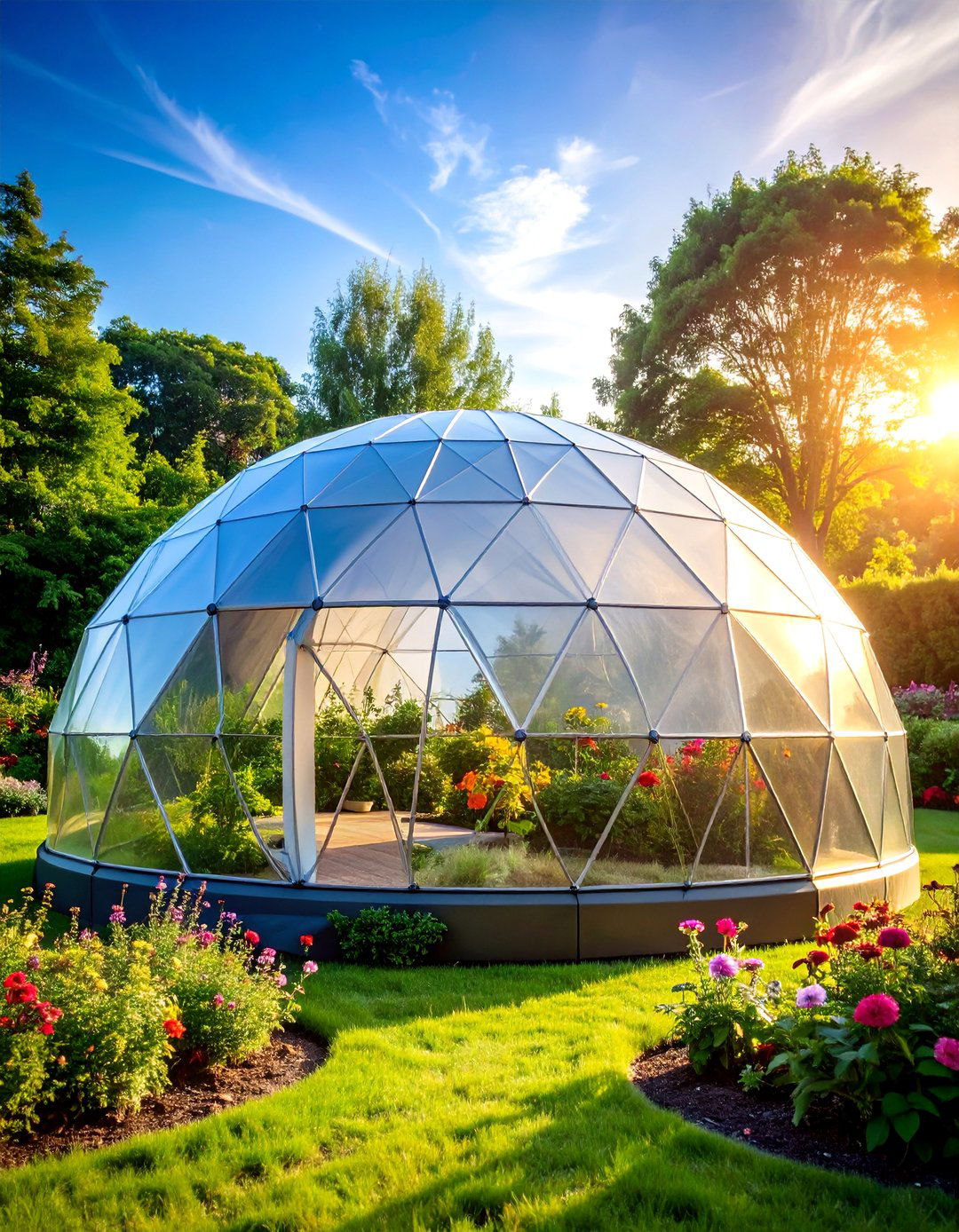
Inflatable greenhouse domes utilize air pressure to maintain structural integrity while providing lightweight, portable growing environments. These innovative structures can be quickly deployed and relocated as needed. The pneumatic design eliminates traditional framing while creating smooth, curved surfaces that distribute loads evenly. Climate control systems maintain both air pressure and growing conditions simultaneously. The translucent membrane materials provide excellent light transmission while offering weather protection. These greenhouses can be deflated for compact storage when not in use. Emergency backup systems maintain pressure during power outages. Inflatable domes work excellently for temporary growing needs, educational demonstrations, and disaster relief applications. The unique design attracts attention while providing functional growing space. Interior growing systems include lightweight benches and suspended planters. The innovative technology represents cutting-edge greenhouse design that combines practicality with space-age aesthetics.
23. Greenhouse Orangery with Brick Base Walls

Greenhouse orangeries feature elegant designs with solid brick or stone base walls topped by extensive glazing, creating sophisticated growing environments reminiscent of Victorian estate conservatories. The masonry walls provide thermal mass, structural strength, and attractive aesthetics while supporting large glass panels above. These permanent structures integrate beautifully with formal garden designs and estate properties. Interior flooring typically includes stone, brick, or tile materials that complement the base walls. The substantial construction supports climbing plants and heavy growing equipment. Climate control systems are often integrated into the masonry structure. Orangeries work excellently for citrus trees, tropical plants, and formal plant displays. The architectural presence creates impressive garden features that enhance property values. Interior furnishing includes decorative elements and comfortable seating areas. Year-round usability makes orangeries excellent investments in climate-controlled growing and entertaining spaces.
24. Greenhouse Polytunnel with Plastic Film Covering
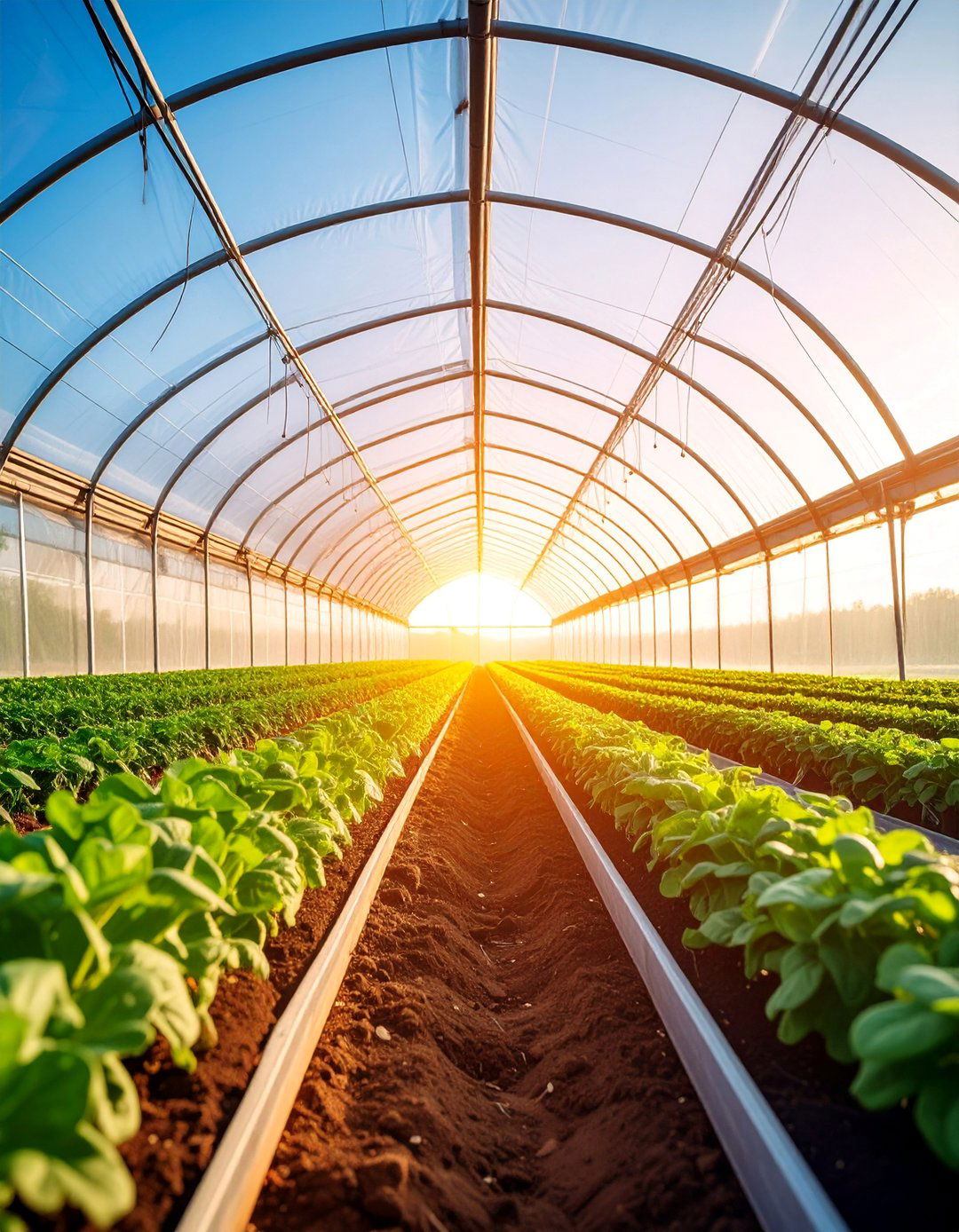
Greenhouse polytunnels utilize curved metal or PVC frames covered with continuous plastic film, creating cost-effective growing environments for large-scale production. The smooth curved profile efficiently sheds wind and precipitation while maximizing interior space. Plastic film covering is economical and easily replaced when worn. These structures are commonly used in commercial agriculture and serious home growing operations. Ventilation includes roll-up sides, exhaust fans, and automatic vent systems. The design allows for mechanized growing systems and efficient crop management. Polytunnels work excellently for extending growing seasons and protecting crops from weather extremes. Interior organization includes growing beds, irrigation systems, and climate monitoring equipment. The practical design prioritizes functionality over aesthetics while providing excellent growing conditions. Construction is standardized and can be easily expanded or modified as growing needs change.
25. Greenhouse Chapel with Gothic Revival Architecture
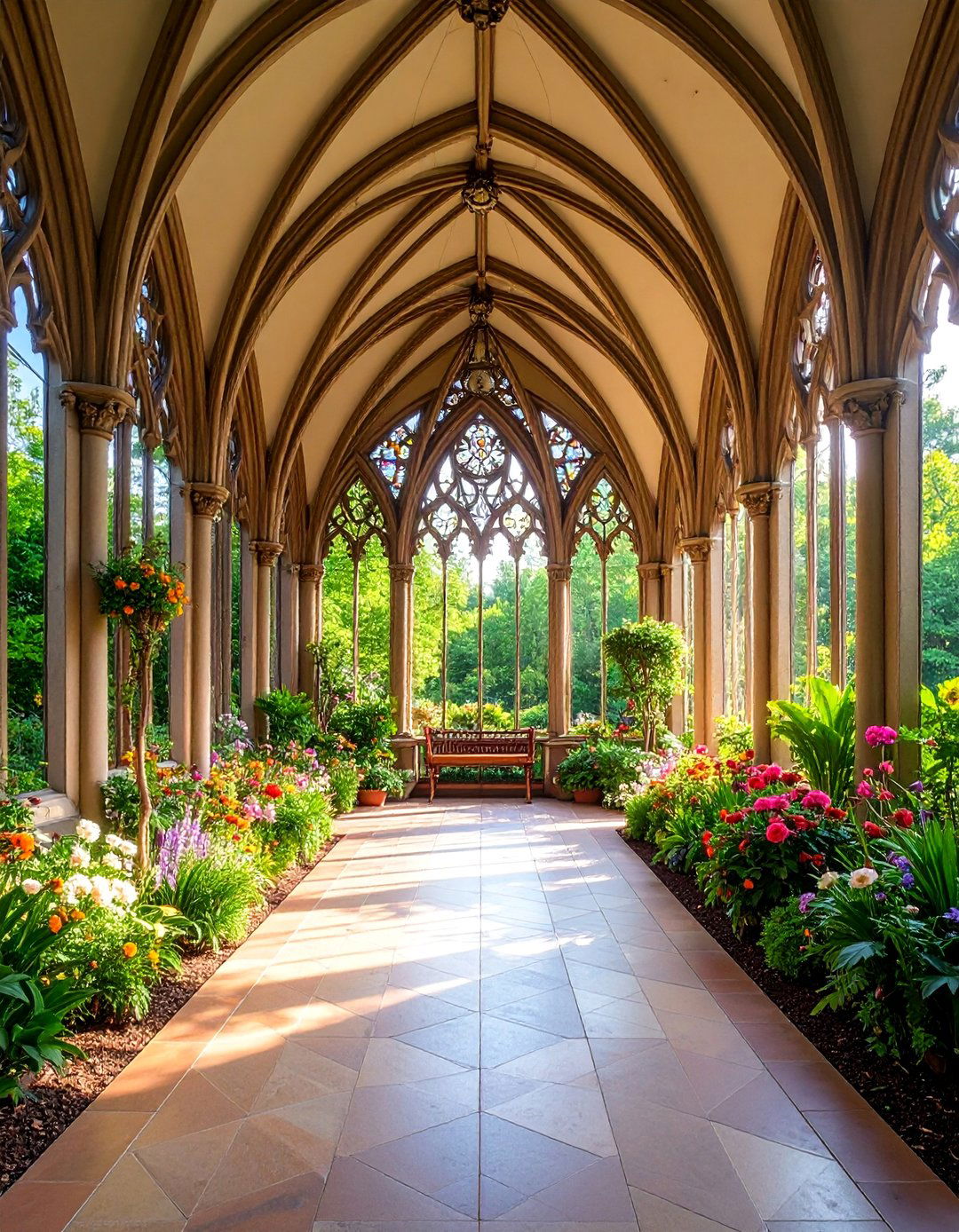
Greenhouse chapels combine gothic revival architectural elements with functional growing spaces, creating dramatic, cathedral-like structures that serve as spectacular garden sanctuaries. Pointed arch windows, flying buttresses, and ornate stonework create impressive facades that house sophisticated growing environments. The vertical emphasis and soaring interior spaces accommodate tall plants and dramatic displays. Stained glass elements can be incorporated while maintaining growing light levels. These structures work excellently as wedding venues, meditation spaces, and showcase growing environments. Interior design includes formal pathways, decorative plantings, and architectural growing displays. The ecclesiastical aesthetic creates unique garden features that combine spiritual and horticultural elements. Climate control systems are integrated discretely to maintain the architectural integrity. Greenhouse chapels excel at displaying formal plant collections, hosting special events, and creating memorable garden experiences that blend architecture, spirituality, and horticulture.
Conclusion:
These diverse greenhouse designs demonstrate that growing spaces can be both functional and beautiful while serving various needs and budgets. From simple DIY hoop houses to elaborate architectural conservatories, each design offers unique benefits for different growing goals. Whether you're interested in sustainable aquaponics, seasonal vegetables, or exotic plant collections, there's a greenhouse solution that matches your vision. The key is selecting designs that complement your climate, space, and gardening objectives while creating inspiring environments that enhance both plant growth and garden enjoyment.



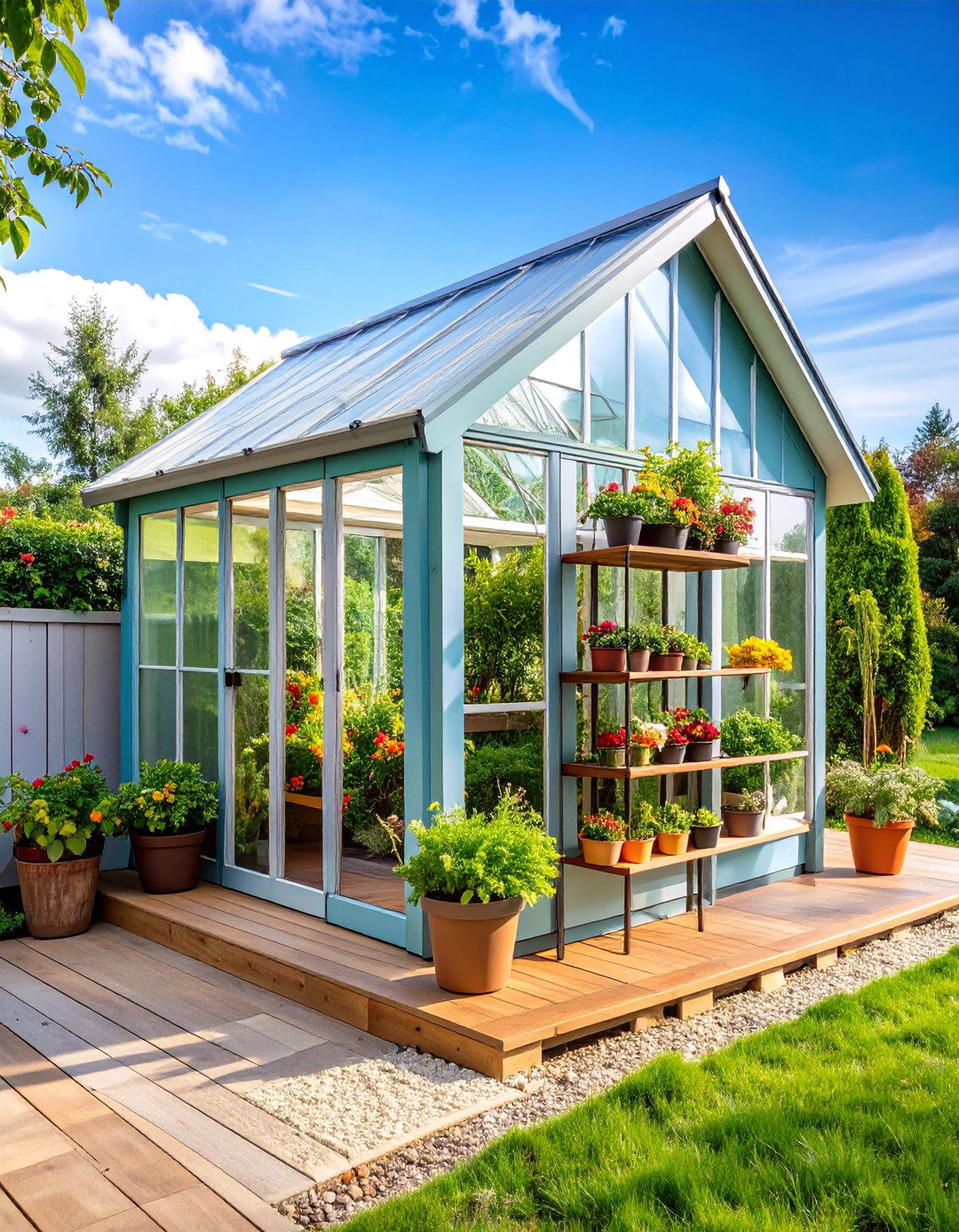

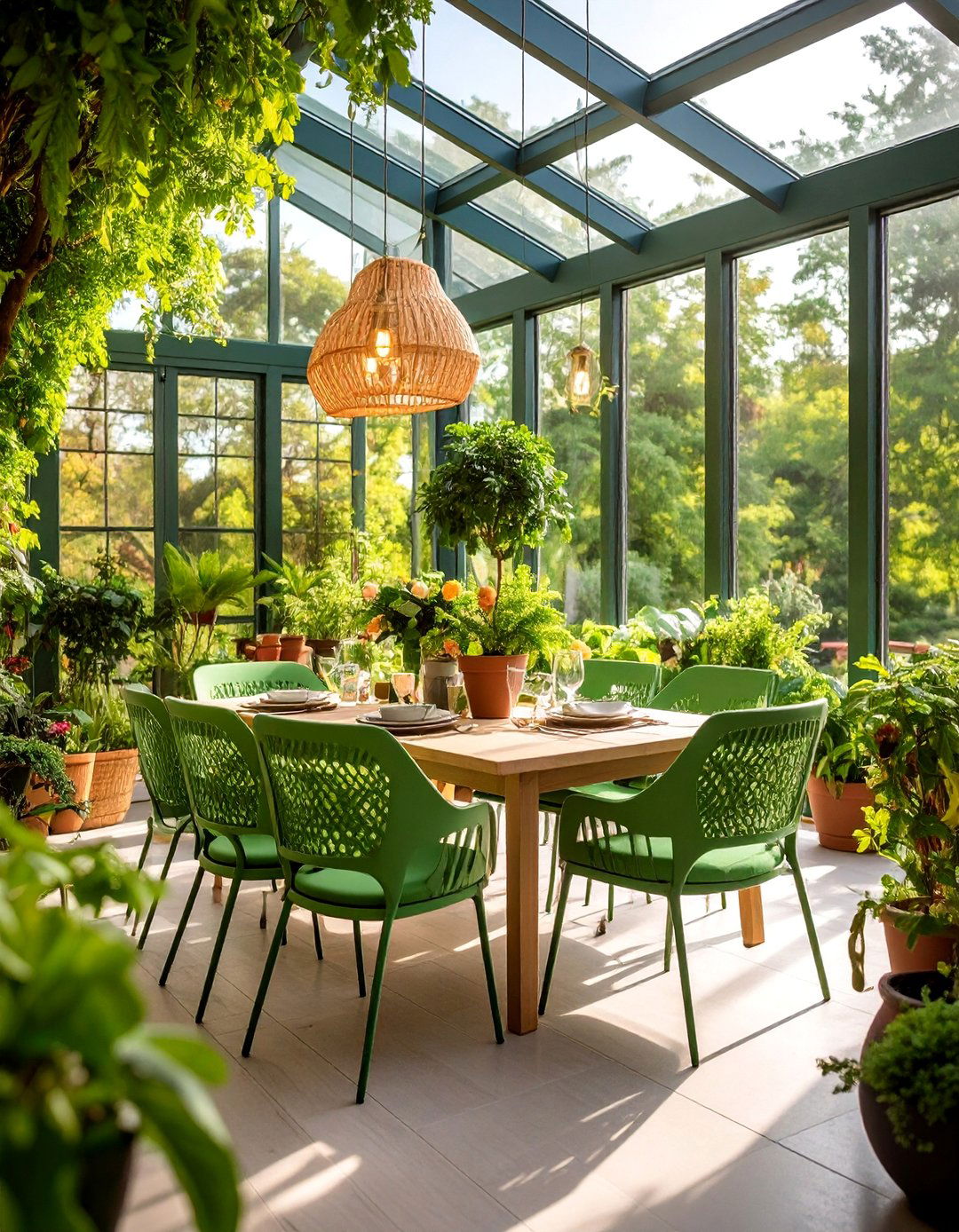
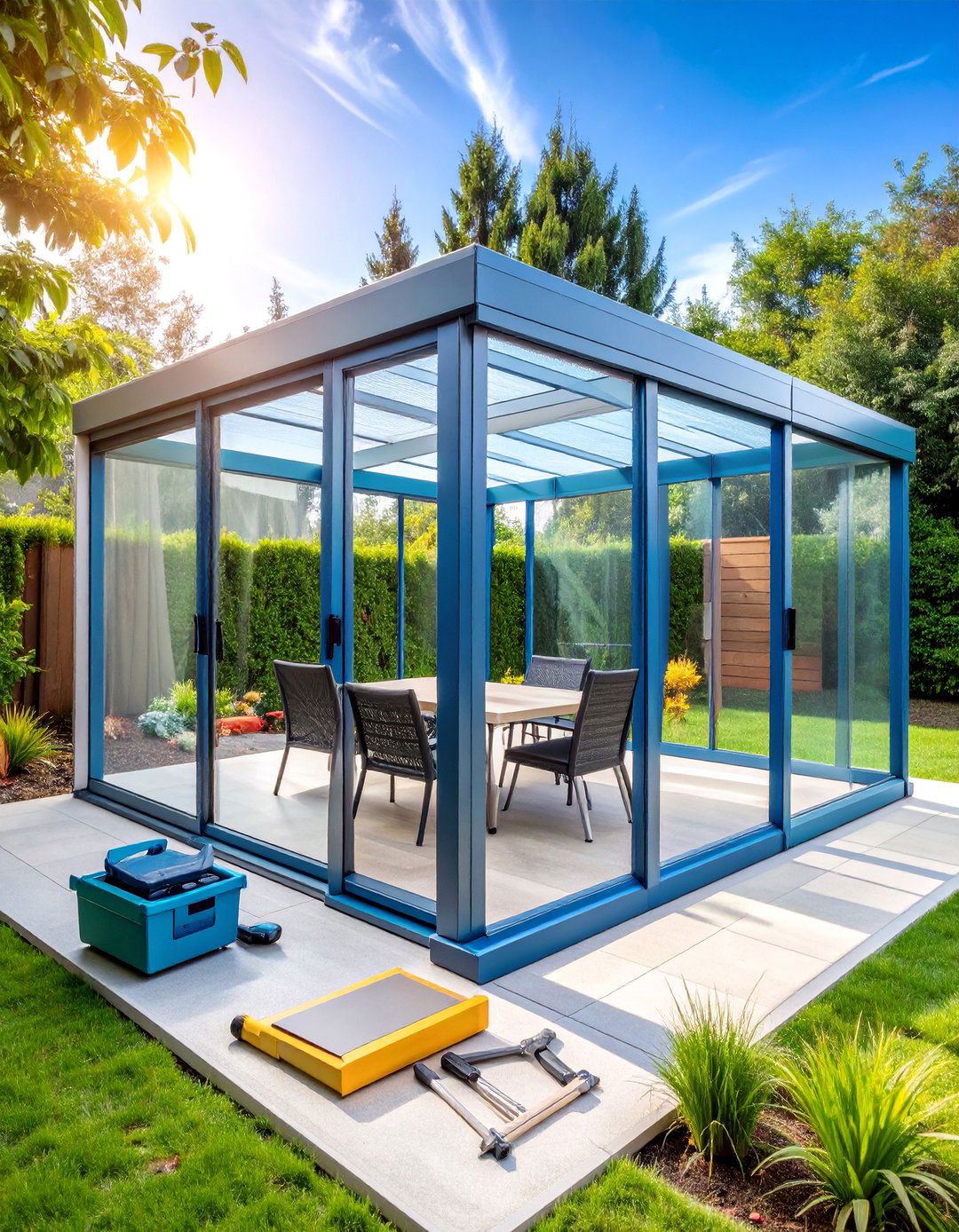
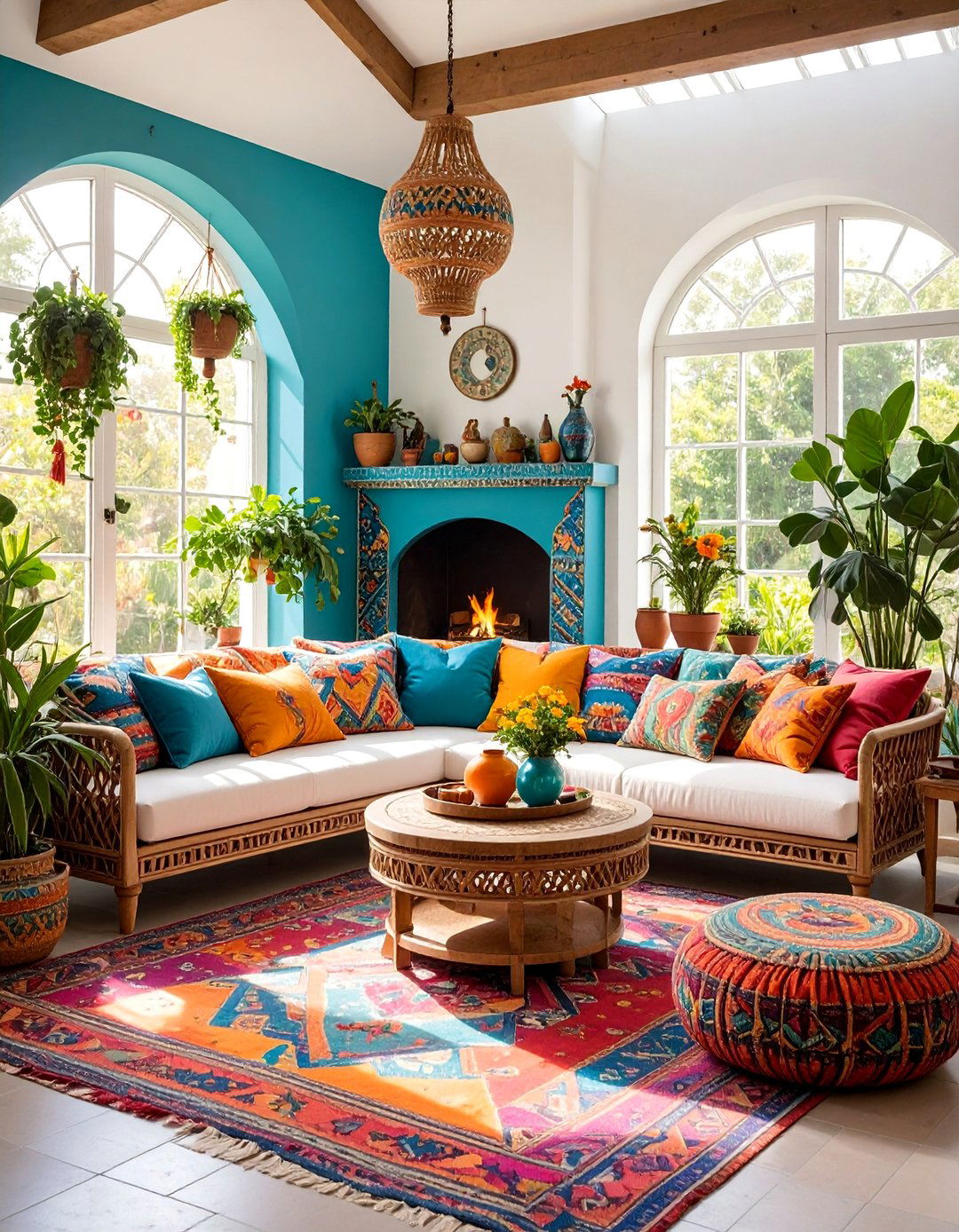

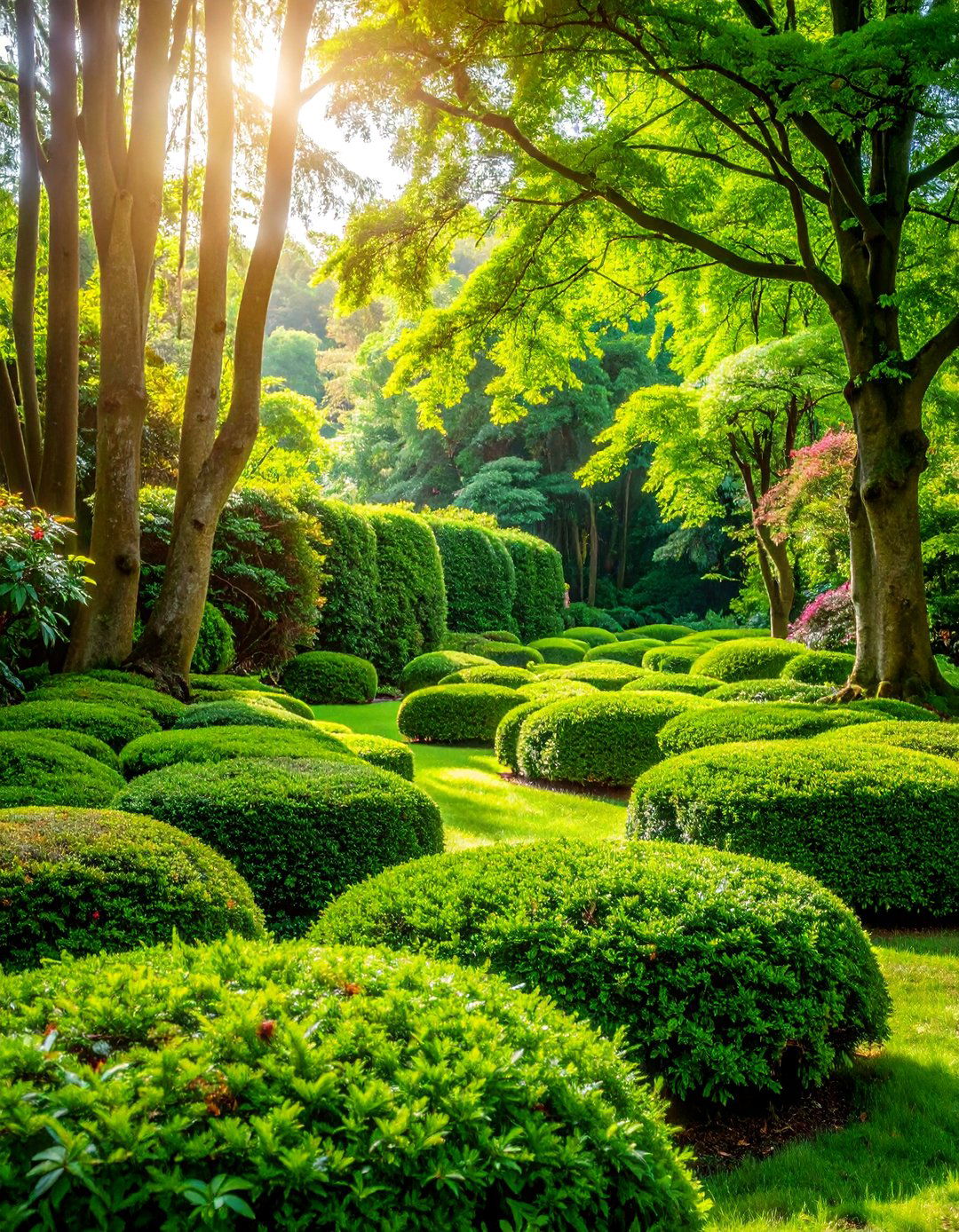
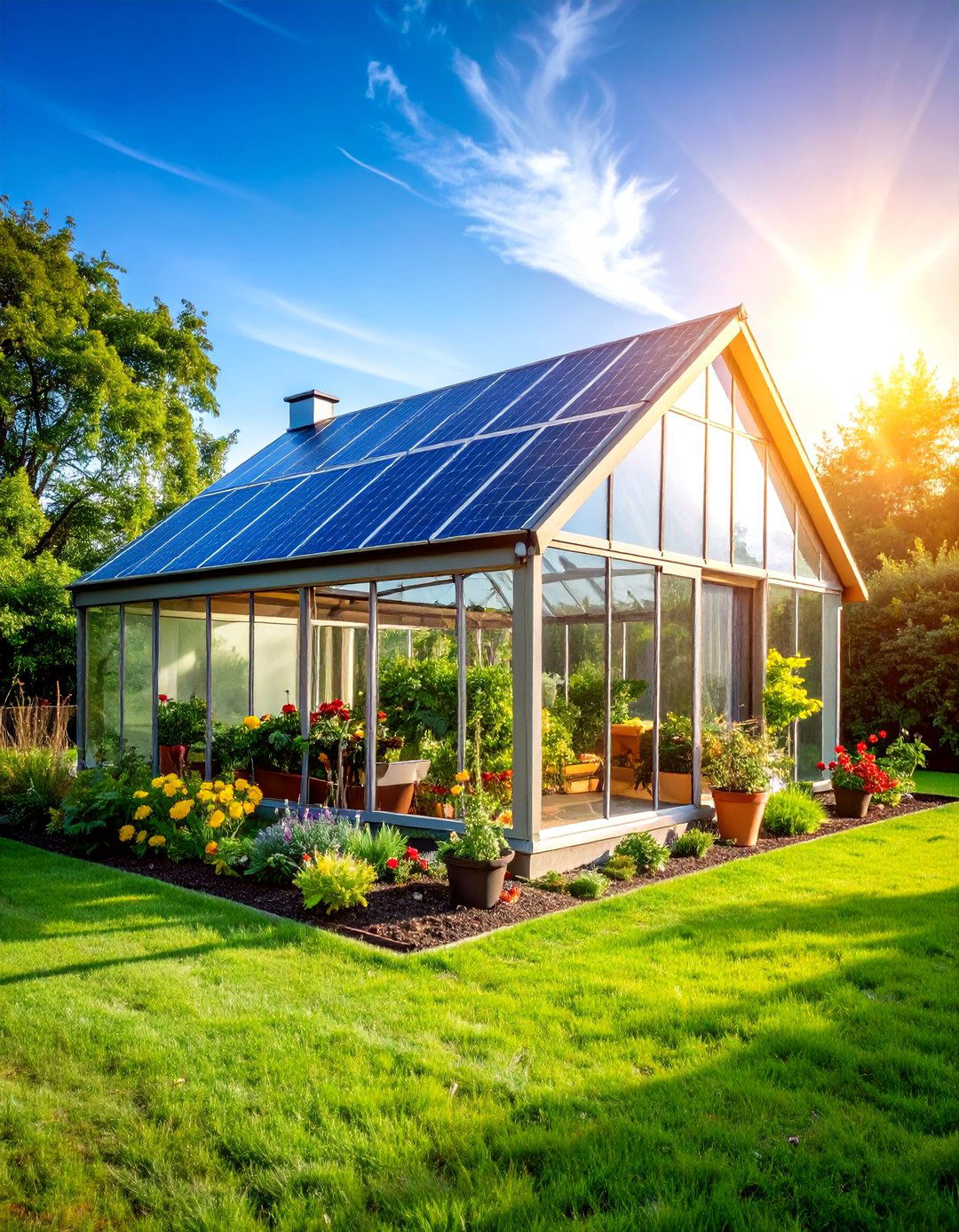

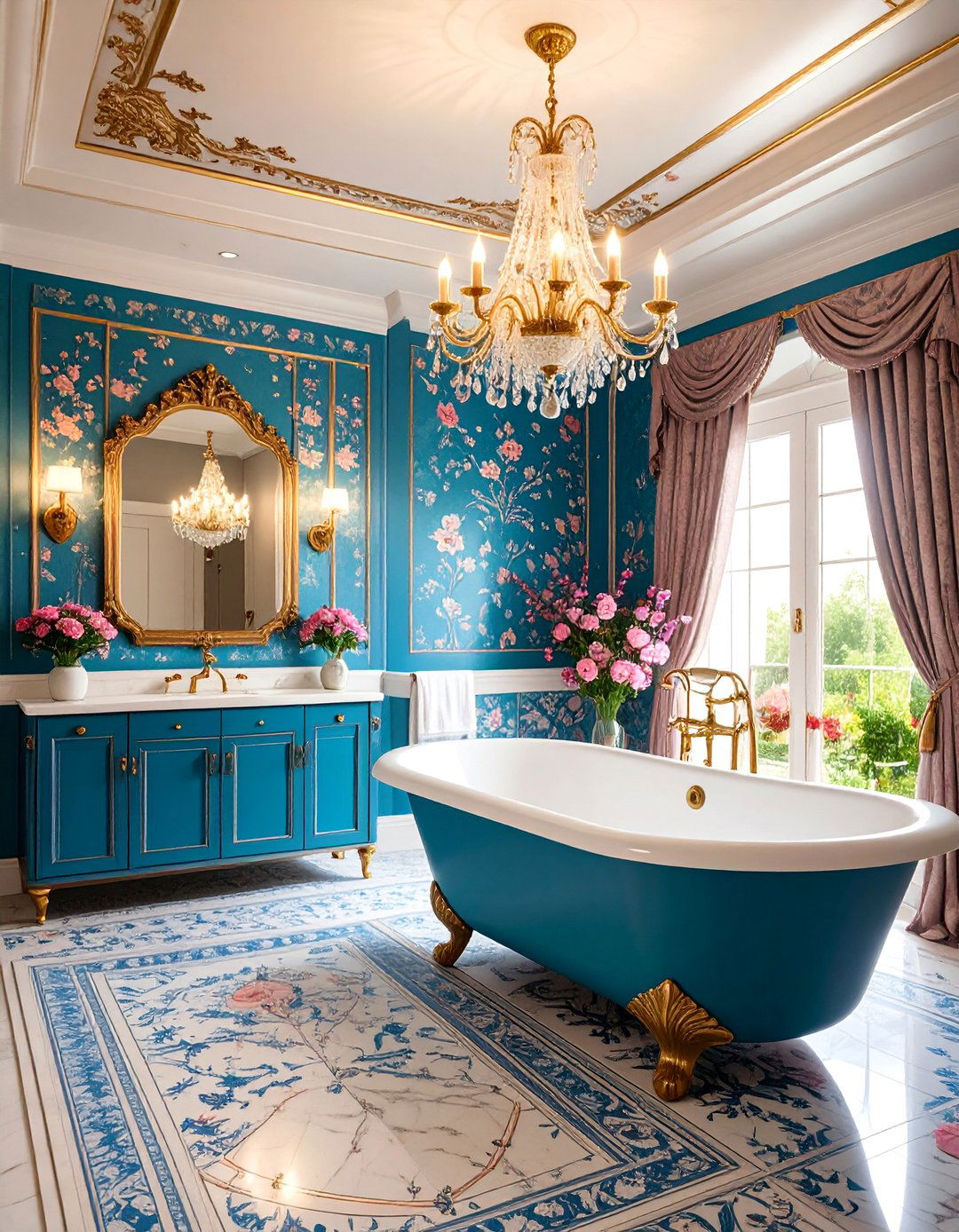

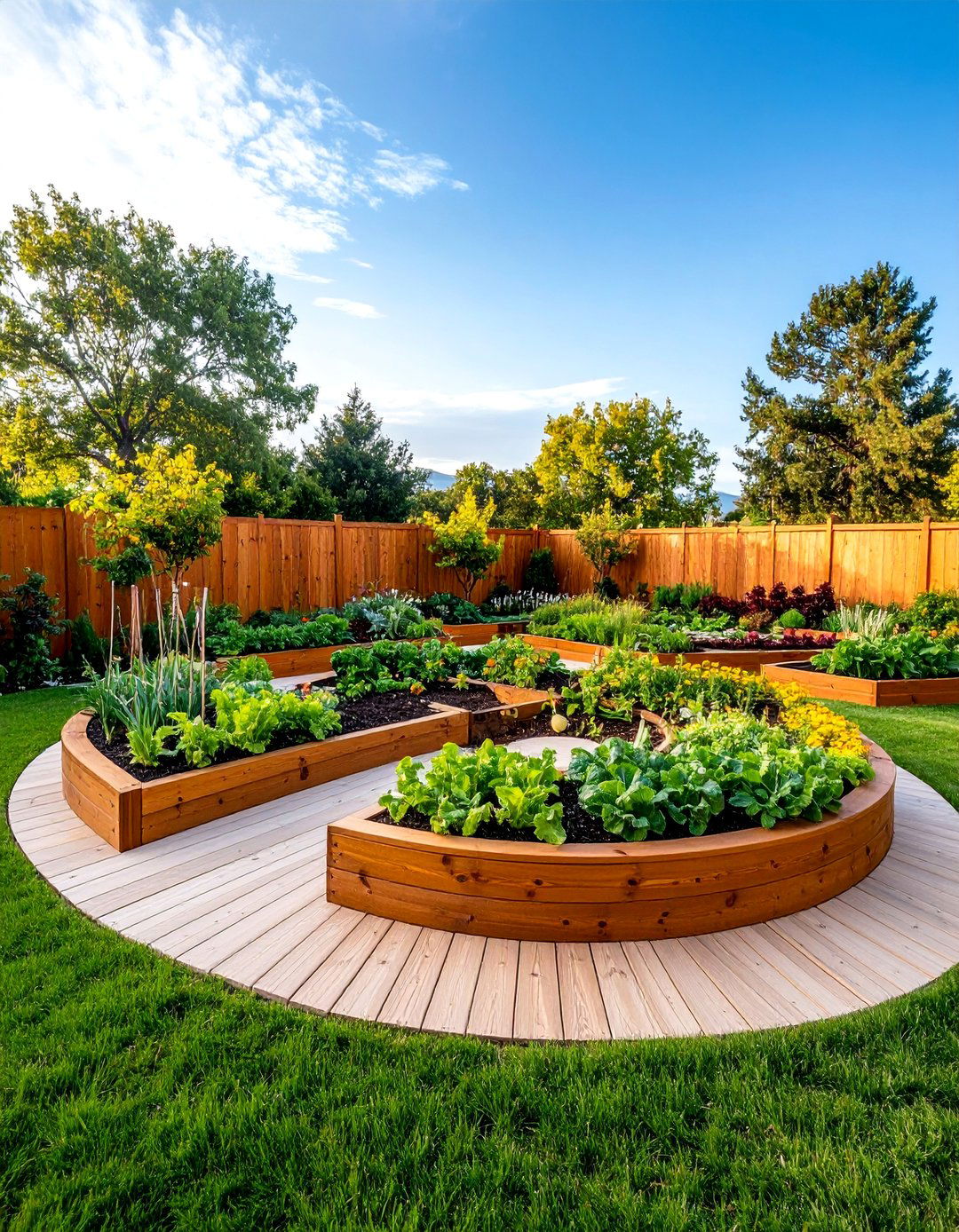
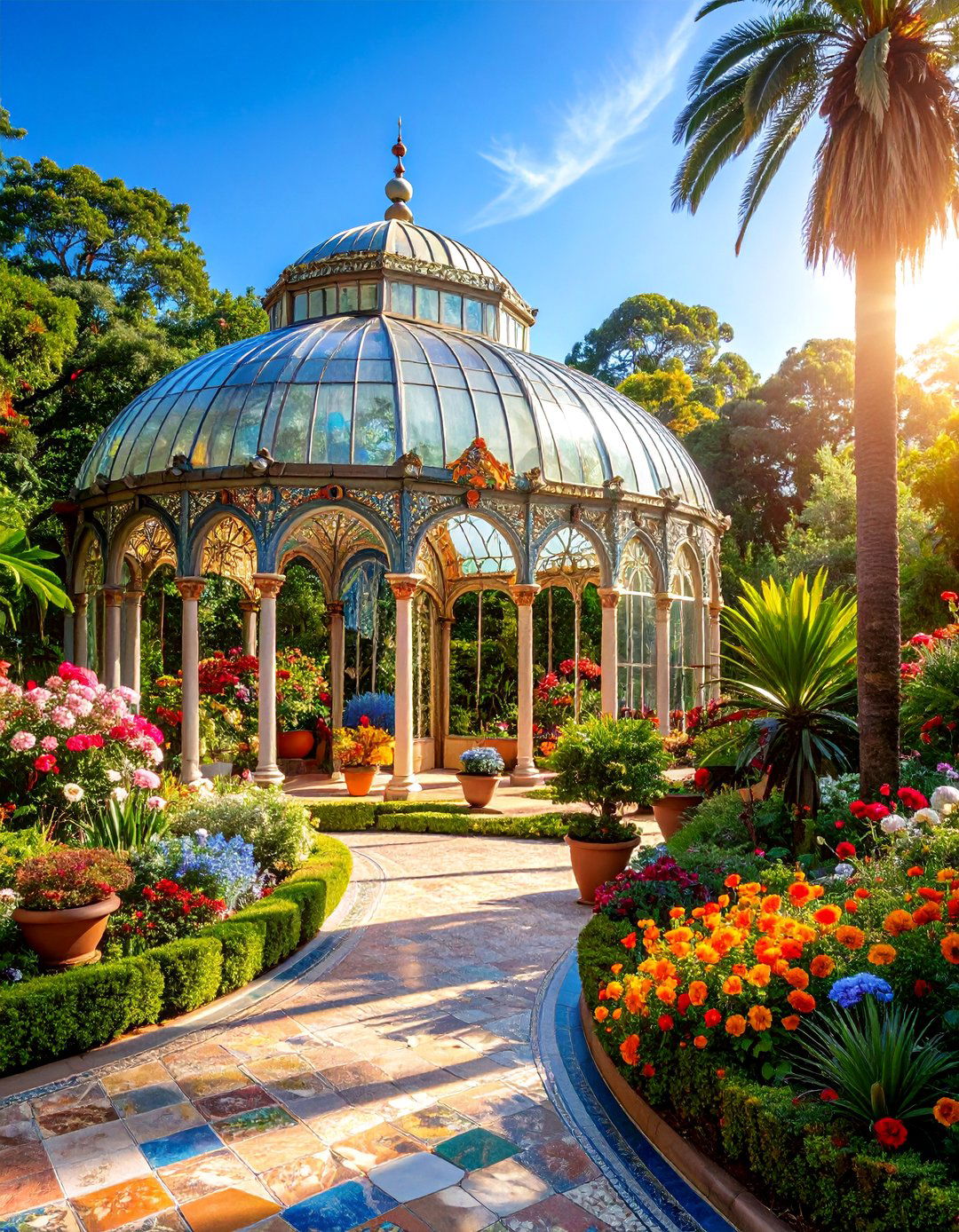


Leave a Reply